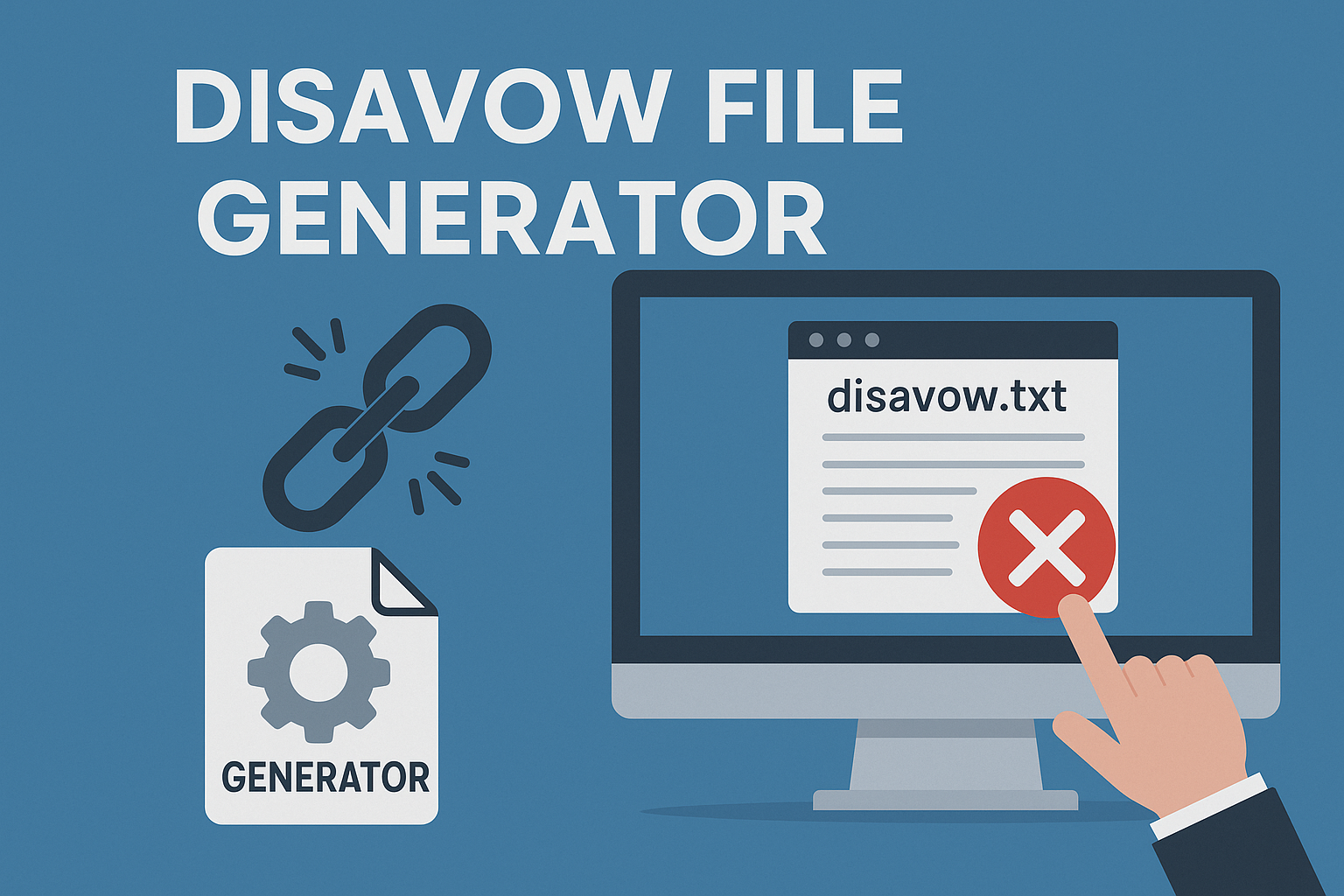The process of locating low-competition keywords resembles searching for hidden treasures. The keyword research tool LowFruits exists to help users find these hidden opportunities. The platform serves both SEO professionals and beginners by making it easier to discover hidden opportunities. This review examines the distinctive features of the platform during 2025.
The review presents more than a list of features. The review demonstrates actual credit system functionality of the tool and explains how its report modules reduce work time. The platform provides simple yet powerful analytics which suits users who need actionable insights without complex features.
The review examines pricing details along with functional capabilities and competitive performance. The evaluation of these details becomes essential for both blog strategy refinement and agency expansion. The credit-based payment system allows users to pay only for their actual needs.
The review will determine whether LowFruits meets your objectives. The review delivers straightforward information to assist your decision-making process without any unnecessary details. Ready to dig in?
Key Takeaways
- LowFruits specializes in identifying low-competition keywords with minimal effort.
- The credit-based pricing model ensures cost control for small and large projects.
- Intuitive report modules simplify data analysis for SEO campaigns.
- Balances beginner-friendly design with advanced features for experts.
- Competitive advantages include real-time updates and actionable recommendations.
Overview of the LowFruits Tool and Its Purpose
The foundation of successful SEO requires identifying opportunities that other search engine optimizers fail to detect. The foundation of content strategies depends on keyword research because it enables creators to reach their target audience. Traditional tools overwhelm users with excessive metrics which makes it difficult to identify useful information.
Reading a comprehensive lowfruits io review reveals this affordable keyword research tool specializes in finding low-competition opportunities perfect for new websites and niche bloggers. Comparing lowfruits vs semrush shows vastly different approaches, with Lowfruits focusing on easy-to-rank keywords while SEMrush offers enterprise-level features across multiple SEO disciplines.
The Need for Low-Competition Keywords Requires Understanding
High-competition keywords control busy markets which creates difficulties for smaller businesses. Businesses can achieve faster rankings with reduced effort by targeting keywords with low competition. The search engine optimization tool provides quick access to visibility for specific market segments and geographic locations.
The process of balancing search volume with difficulty presents various challenges to users. The platforms display outdated information and give preference to widely used search terms. The process results in unnecessary time and resource expenditure on keywords which fail to generate meaningful results.
Market Challenges and the Role of LowFruits
The majority of modern SEO tools present users with complicated dashboard interfaces. The platform delivers clear results by analyzing Google AutoComplete patterns together with user intent serpclix review. The platform provides you with search behavior-based suggestions that replace the need to analyze spreadsheets.
| Feature | Traditional Tools | This Solution |
|---|---|---|
| Data Overload | High | Minimal |
| Focus | Broad metrics | Actionable keywords |
| Interface | Complex | Streamlined |
| Cost Efficiency | Fixed subscriptions | Credit-based |
Begin your search with the seed keyword ”organic skincare.” The tool generates expanded search phrases from “affordable organic skincare for sensitive skin.” The specific search terms match actual user inquiries which minimizes the need for guessing. Your content calendar development becomes more efficient through this filtering process which eliminates competitive terms.
LowFruits Review
To stand out in the competitive SEO tool market you need more than features because you need clarity. The platform delivers results without overwhelming users with excessive metrics while other big-name platforms do. The following analysis explains why this method appeals to marketers during 2025.
This Platform Differentiates Itself through Unique Features Which Other SEO Tools Lack
The majority of keyword tools choose to show high-volume terms instead of focusing on practical usage. The platform uses competitor weakness analysis together with search intent pattern evaluation to deliver its results. The search term “vegan recipes” produces “budget vegan meal prep for students” as a suggestion which competitors fail to optimize effectively.
| Feature | SEMrush | Ahrefs | This Tool |
|---|---|---|---|
| Interface Complexity | High | Moderate | Low |
| Weak Spot Analysis | Basic | Limited | Advanced |
| Pricing Model | Monthly subscriptions | Tiered plans | Pay-per-credit |
Unlike tools that drown you in data, its reports highlight actionable steps. A fitness blogger shared:
“It showed me exactly which recipe keywords my competitors missed. I ranked page one in three weeks.”
Affordability is another win. Beginners avoid hefty subscriptions, while agencies scale costs with project needs. The domain analysis feature digs deeper than backlink checks, revealing content gaps competitors overlook.
For teams tired of juggling multiple dashboards, this streamlined approach saves hours weekly. It’s not about having more data—it’s about having the right data.
If you’re exploring alternative keyword research tools, our detailed comparison of LowFruits vs Semrush offers a side-by-side analysis of features, pricing, and ideal use cases.
Key Features and Functionalities
Imagine having a GPS for keyword hunting—that’s the core promise here. The platform’s keyword finder acts like a metal detector, pinpointing hidden gems while filtering out digital rubble. Let’s explore how its tools turn vague ideas into laser-focused strategies.
Keyword Finder and Auto-Suggest Mechanism
Type a basic term like “yoga mats,” and watch magic happen. The tool instantly generates long-tail phrases like “non-slip yoga mats for hardwood floors.” It pulls real-time Google AutoSuggest data, mimicking how actual users search. No more guessing—just verified, low-competition keywords ready for action.
Reports, Filtering, and SERP Analysis
Once you’ve got your keywords, the platform’s report modules shine. Filter results by search volume, difficulty, or content type. One user raved:
“I found 20 blog topics in 10 minutes. The weak-spot analysis showed exactly where competitors dropped the ball.”
| Feature | Traditional Tools | This Tool |
|---|---|---|
| Speed | 2-3 minutes | 15 seconds |
| Data Sources | Basic Google integration | AutoComplete + YouTube + Maps |
| Custom Filters | Limited | 10+ options |
Every analysis uses credits, but you’ll know exactly what you’re buying. Reports break down SERP competition, backlink profiles, and even content gaps. It’s like getting a battle plan instead of raw data.
Q: Is lowfruits seriös (legitimate) and what do avis lowfruits (LowFruits reviews) say about the tool?
A: Yes, lowfruits seriös (German for “LowFruits legitimate/serious”) is a valid concern, and the platform has proven to be a legitimate SEO tool. According to various avis lowfruits (French for “LowFruits reviews”), users appreciate how the tool helps identify low fruits keyword opportunities – essentially low-competition keywords that are easier to rank for. The platform specializes in finding these “low-hanging fruit” keywords that newer websites can realistically target. Regarding lowfruits plans, they offer different pricing tiers starting from basic packages for individual bloggers to more comprehensive plans for agencies and SEO professionals. The tool’s strength lies in its ability to analyze SERPs and identify keywords where weak sites are already ranking, suggesting opportunities for newer sites to compete effectively. Most reviews confirm it’s a legitimate tool that delivers on its promise of finding accessible keyword opportunities.
Deep Dive into Keyword Research and Analysis
Unlocking keyword opportunities requires precision, not guesswork. Modern tools analyze patterns in search behavior to reveal paths competitors haven’t discovered. Let’s explore how this approach turns raw data into strategic wins.
How the Tool Identifies Long-Tail and Low-Hanging Keywords
The platform scans historical search volume data and competitor content gaps. For example, typing “home workouts” might reveal phrases like “15-minute home workouts for seniors.” These long-tail keywords target specific needs while avoiding crowded topics.
| Keyword Type | Search Volume | Competition Level | Actionability |
|---|---|---|---|
| Broad (e.g., “yoga”) | High | Extreme | Low |
| Long-Tail (e.g., “yoga for back pain”) | Medium | Low | High |
Low-hanging opportunities emerge by filtering results with domain authority scores below 30. These keywords let smaller sites rank faster. One user reported:
-
Maximize your link acquisition ROI by tapping into WhitePress features directly through BacklinkManager.
“I found 12 easy-to-rank terms for my pet blog in under five minutes.”
Analyzing Weak Spots and Domain Performance
The tool maps competitor domains to find pages with thin content or poor backlinks. If rivals rank for “vegan protein shakes” but lack recipe videos, that’s a weak spot you can exploit.
What is LowFruits SEO and its pricing?
The lowfruits seo tool and lowfruits pricing 2025 options make low fruit seo keyword research accessible for content creators looking to find easy-ranking opportunities, as low fruits.io specializes in identifying low-competition keywords with weak search results that newer websites can realistically target and rank for quickly.
Combining search volume trends with domain metrics shows which keywords are worth pursuing. Prioritize terms where top-ranking sites have:
- Low social shares
- Outdated content
- Few supporting articles
This analysis builds topical authority over time. Instead of chasing random keywords, you create content clusters that dominate niches.
User Experience and Customization Options
Navigating SEO tools shouldn’t feel like solving a puzzle. The platform’s design prioritizes clarity, letting users focus on strategy over setup. Whether you’re managing a blog or a multi-page website, the interface adapts to your workflow.
Ease of Navigation and Dashboard Layout
The dashboard greets you with a clean grid of options—no hidden menus or cluttered tabs. Key metrics like keyword difficulty and search volume display upfront. One marketing manager noted:
“I found trending content ideas in seconds. The layout feels like it’s designed by someone who actually uses SEO tools daily.”
| Dashboard Element | Competitor Tools | This Platform |
|---|---|---|
| Key Metrics Visibility | Buried in reports | Front-and-center |
| Custom Widgets | Limited | Drag-and-drop |
| Search Bar Placement | Top-right corner | Centralized |
Setting Up Filters, Shortcodes, and Negative Keywords
Refining searches takes three clicks. Start by excluding irrelevant terms with negative keywords like “free” or “cheap.” Geo-target using shortcodes like #NYC or #CA to localize results for your niche.
| Filter Type | Use Case | Time Saved |
|---|---|---|
| Search Volume Range | Finding mid-traffic keywords | 2 minutes/search |
| Content Type | Blog vs. product page optimization | 45 seconds/analysis |
| Domain Authority Cap | Targeting weak competitors | 1.5 minutes/report |
Pricing plans include pay-as-you-go credits and annual subscription discounts. Agencies love scaling costs, while solo creators avoid overpaying for unused features. Save time crafting content—not fighting the tool.
Domain Explorer and Competitive Analysis
Spying on competitors just got ethical. The Domain Explorer acts like a digital detective, scanning websites to reveal overlooked opportunities. Think of it as having X-ray vision for SEO strategies—you’ll see exactly where rivals thrive and where they’re vulnerable.
how to find pbn domains with fresh drop
Finding Low-Hanging Fruit in Crowded Markets
This feature targets websites with low domain authority—sites ranking below DA 30. These domains often rank for valuable keywords but lack the backlinks to defend their positions. A recent case study found:
“We identified 47 weak domains ranking for ‘sustainable sneakers.’ By optimizing existing content, we outranked them in 11 days.”
| Metric | Traditional Analysis | Domain Explorer |
|---|---|---|
| Domains Scanned/Hour | 50 | 2,000+ |
| Weak Spot Detection | Manual | AI-Powered |
| Keyword Export Options | CSV Only | CSV + Google Sheets |
Turning Competitor Data Into Action
The tool categorizes stolen keywords by topics and search intent. Found 120 keywords for “vegan meal prep”? Filter them into clusters like budget recipes or gluten-free options. One user shared:
“Exporting competitor keywords helped us build a 6-month content plan in one afternoon.”
Real-time search comparisons show gaps between your content and top performers. If three competitors rank for “yoga for runners” but lack video guides—that’s your opening. The platform even suggests related searches to broaden your reach.
Pricing, Credits, and Subscription Model
Budget-friendly SEO starts with smart spending—no hidden fees or wasted resources. This platform’s credit system puts you in control, letting you pay only for what you use. Think of it like buying coffee beans: purchase exactly how much you need, whether it’s a single scoop or a bulk bag.
Flexible Credit System Explained
Every keyword analysis or report costs credits, with prices starting at $25 for 2,000 credits. Need more? The $250 package delivers 50,000 credits—enough for large agencies. Smaller plans suit bloggers testing the waters.
| Package | Credits | Best For |
|---|---|---|
| Starter | 2,000 | Personal blogs |
| Pro | 10,000 | Small businesses |
| Agency | 50,000 | SEO teams |
One user shared:
“I spent 300 credits analyzing my bakery site. Found 12 low-competition keywords that doubled my traffic.”
When Subscriptions Make Sense
Monthly plans save frequent users up to 30%. For $99/month, get 5,000 recurring credits plus bonus features like priority support. Compare that to tools charging $150+ for similar access.
The pricing scales with your needs. Pay-as-you-go works for occasional projects, while subscriptions fuel ongoing campaigns. Either way, each credit delivers keyword ideas you can act on immediately—no fluff metrics.
Strategies for Building Topical Authority with LowFruits
Building authority in your niche isn’t about shouting louder—it’s about speaking smarter. By organizing keyword ideas into focused clusters, you create content ecosystems that search engines love. Let’s explore how to turn scattered terms into strategic wins.
Keyword Clusters: Your Content Foundation
Group related long-tail keywords like “best running shoes for flat feet” and “how to fix overpronation” under a “foot health for runners” cluster. This approach signals expertise to Google while giving readers comprehensive answers.
| Strategy | Traditional Content | Cluster-Based Content |
|---|---|---|
| Focus | Single keywords | Thematic groups |
| Internal Links | 3-5 per article | 10-15 across cluster |
| Ranking Time | 4-6 months | 2-3 months |
One fitness coach shared:
“We built 12 interlinked articles around ‘home workout equipment.’ Organic traffic tripled in eight weeks.”
Outranking Competitors: Tactics That Work
Use the platform’s weak-spot analysis to find gaps in competitors’ content. If three sites rank for “vegan protein shakes” but lack recipes, create a ultimate guide with:
- Step-by-step video tutorials
- Budget ingredient alternatives
- Printable shopping lists
| Keyword Type | Avg. Monthly Searches | Competition Level |
|---|---|---|
| “Protein Shakes” | 22,000 | High |
| “Vegan Shakes for Muscle Gain” | 1,900 | Low |

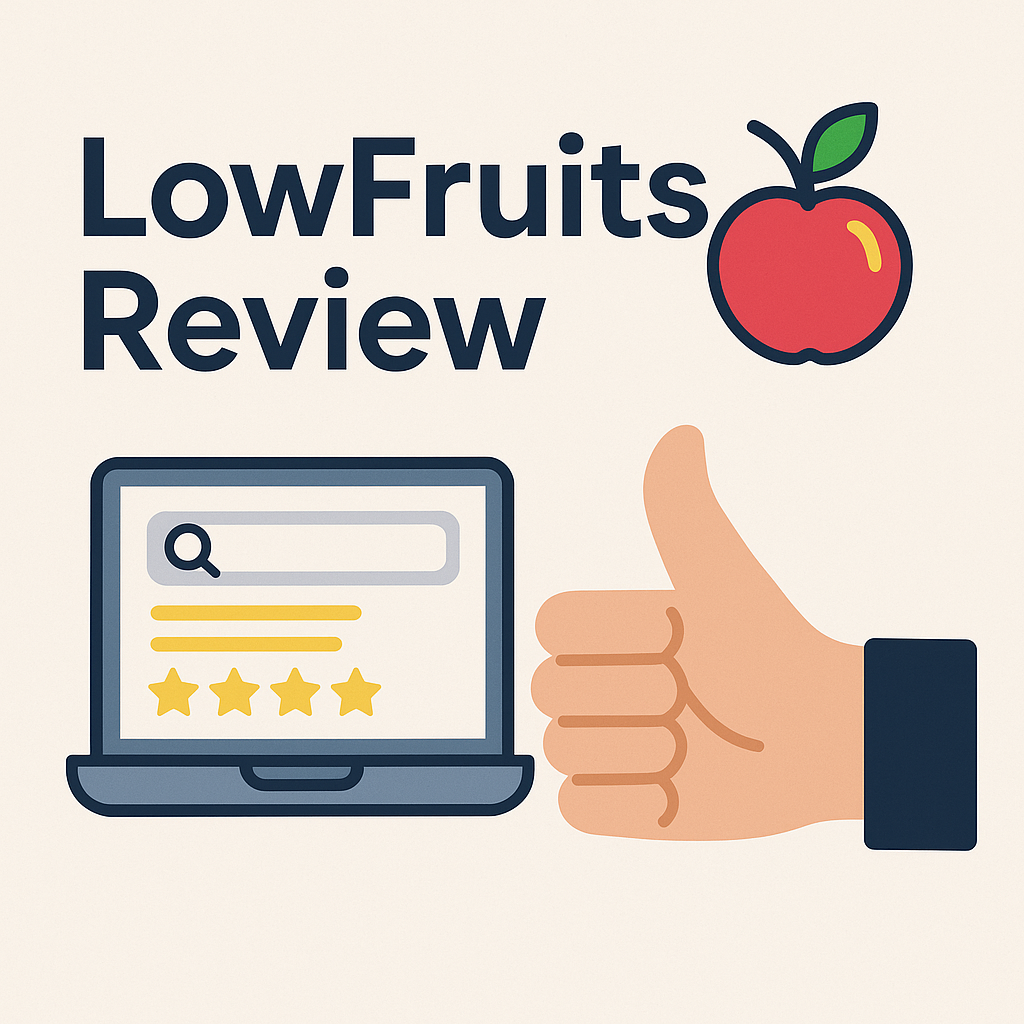
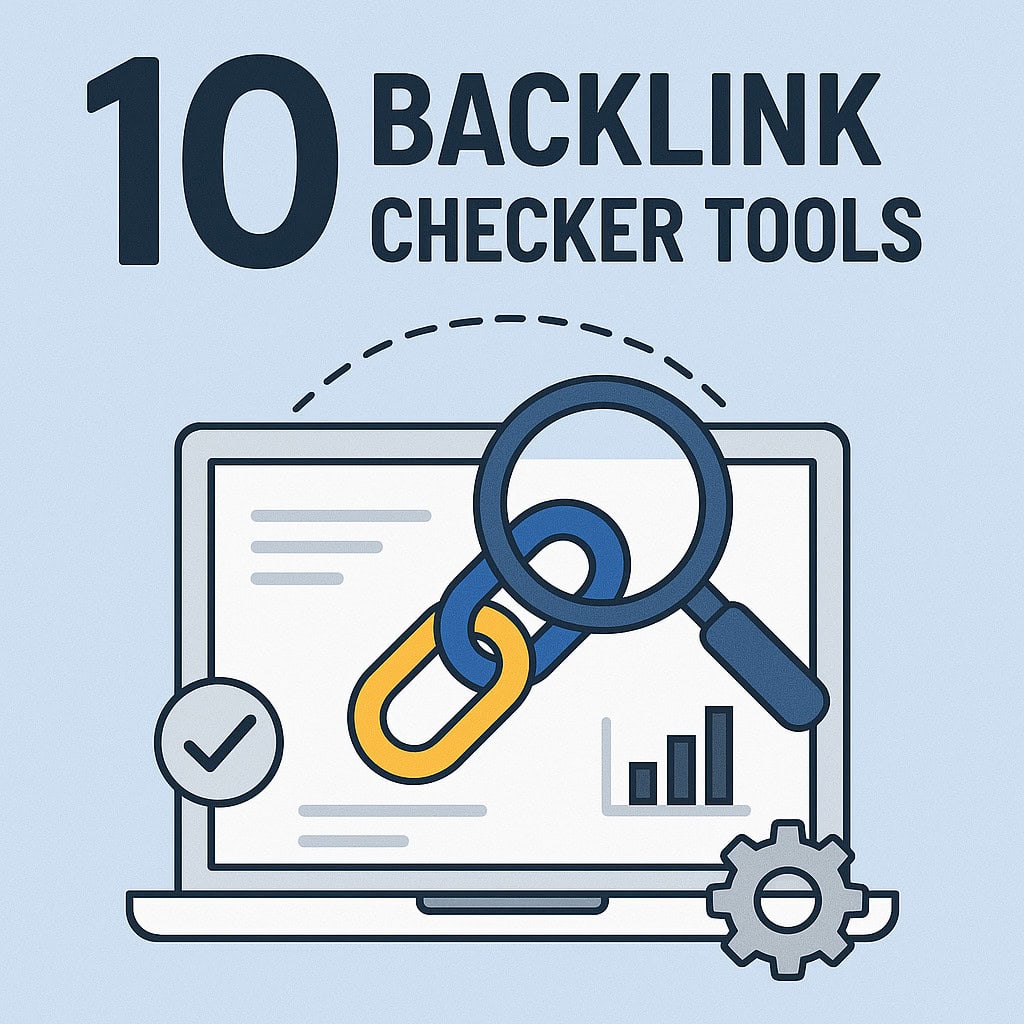
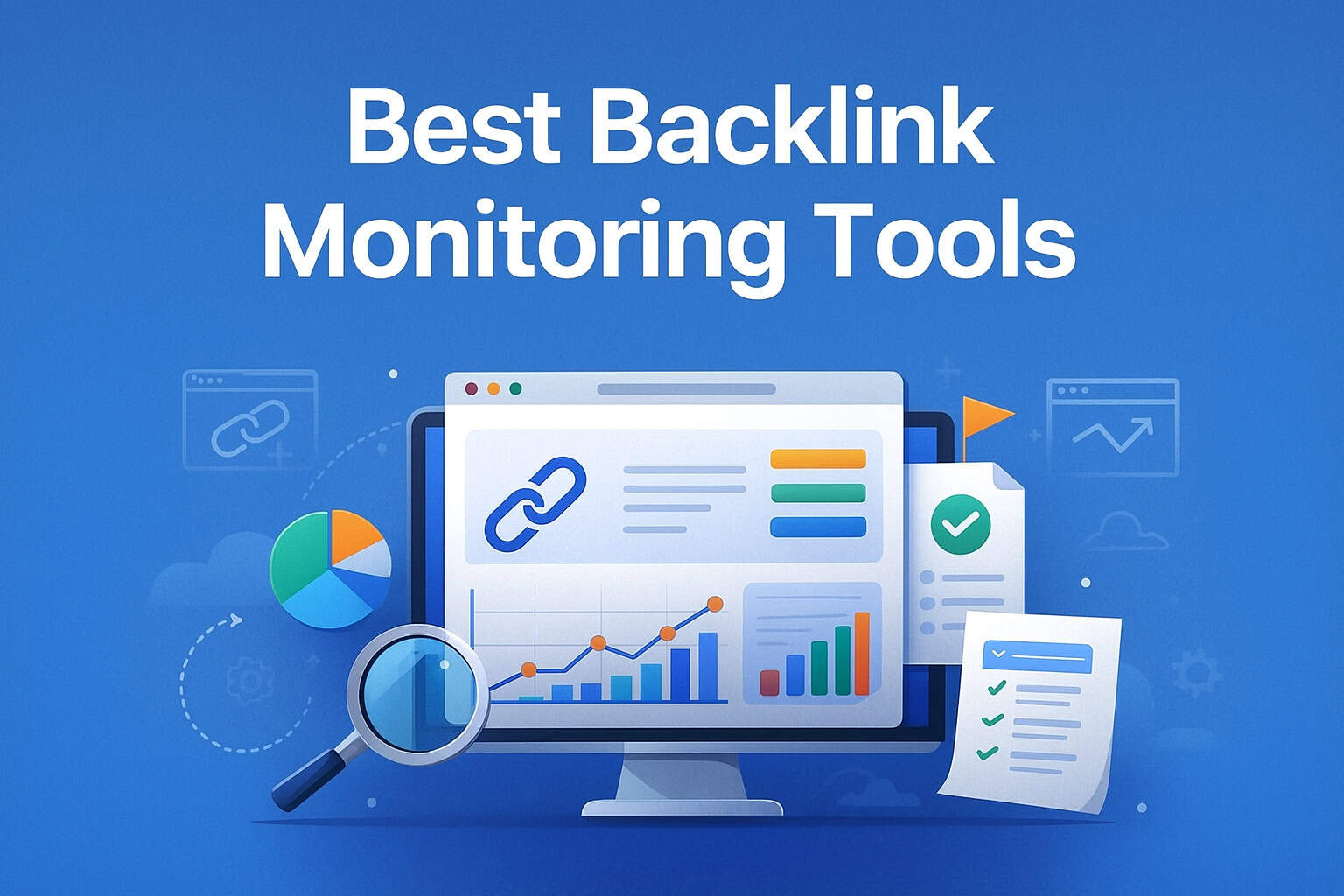

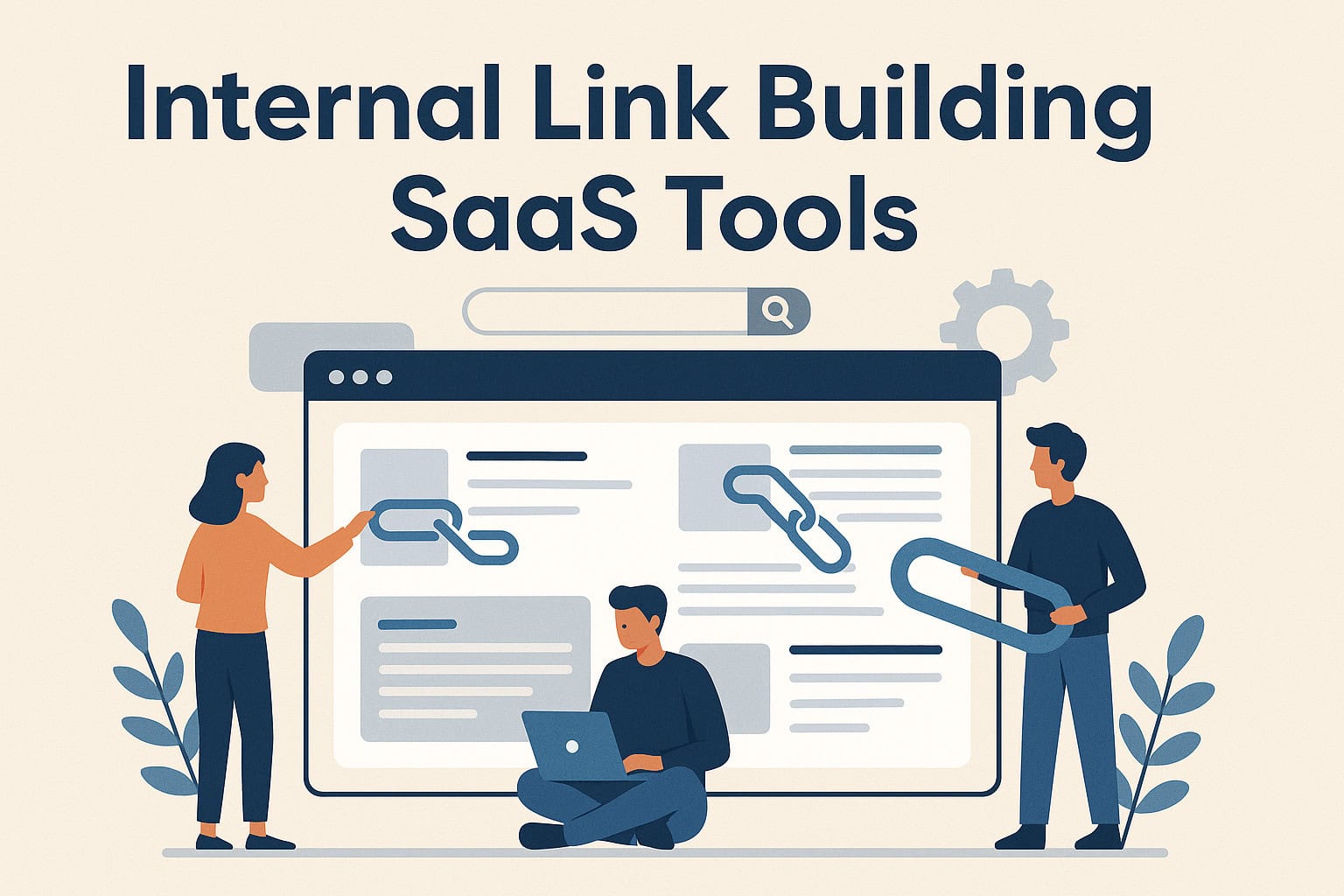

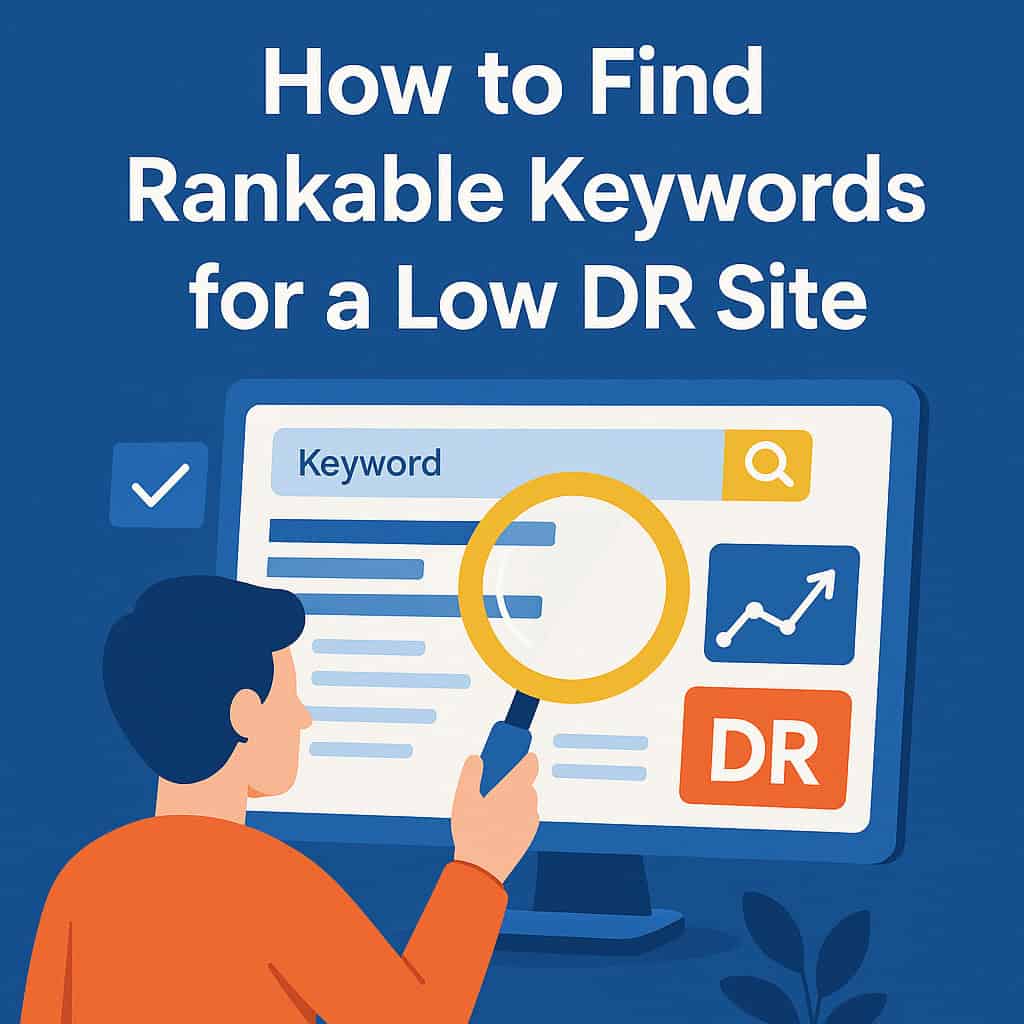
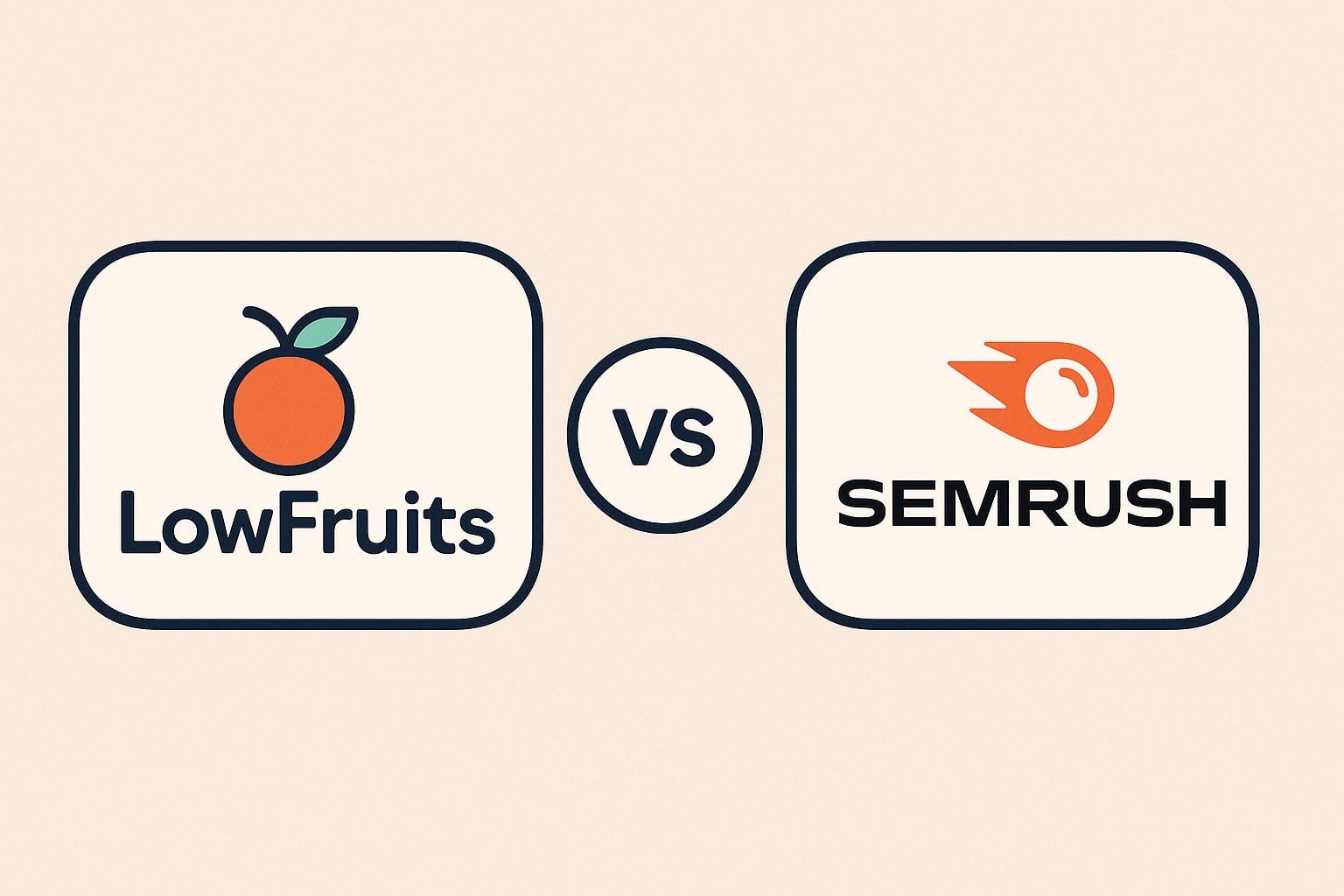
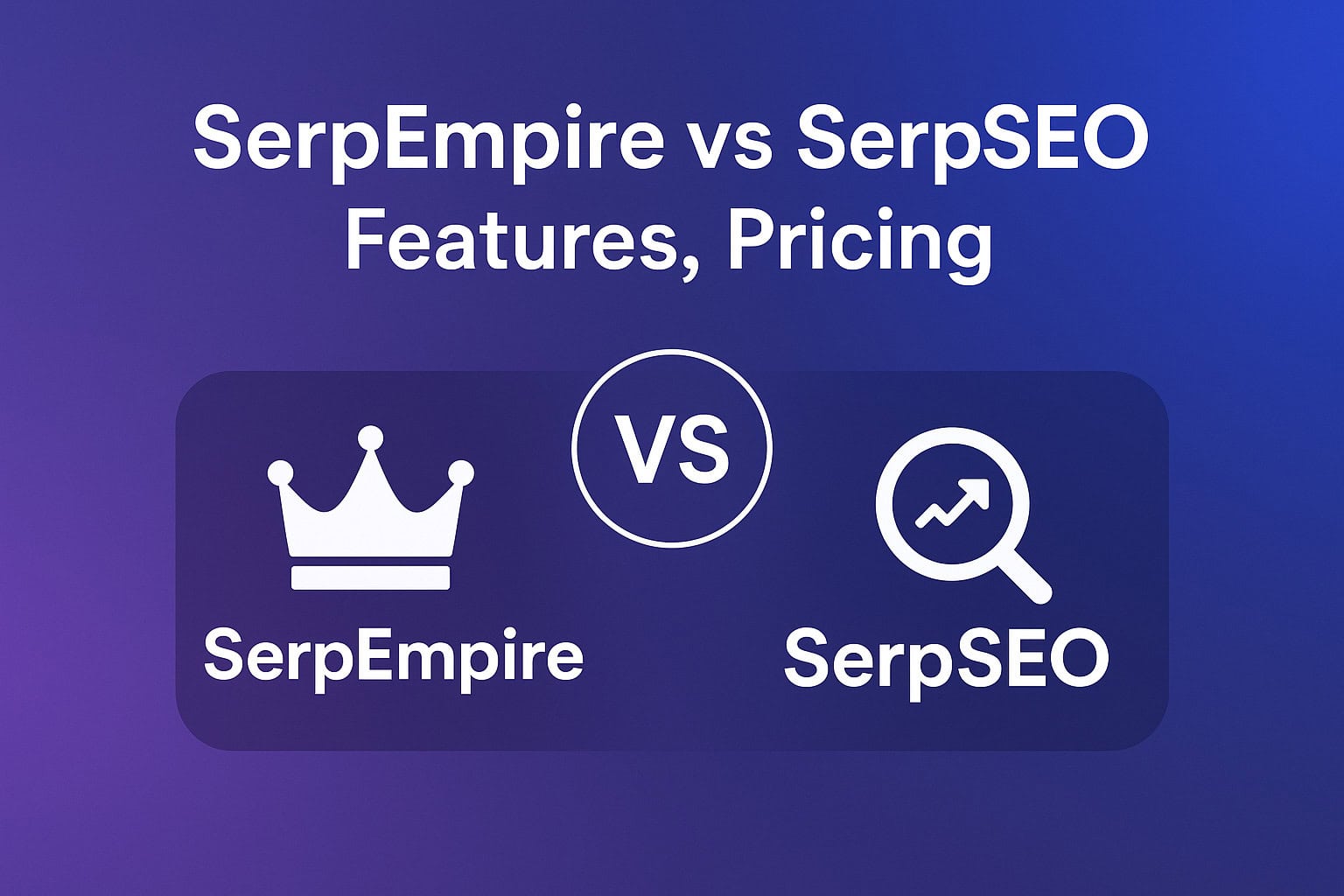
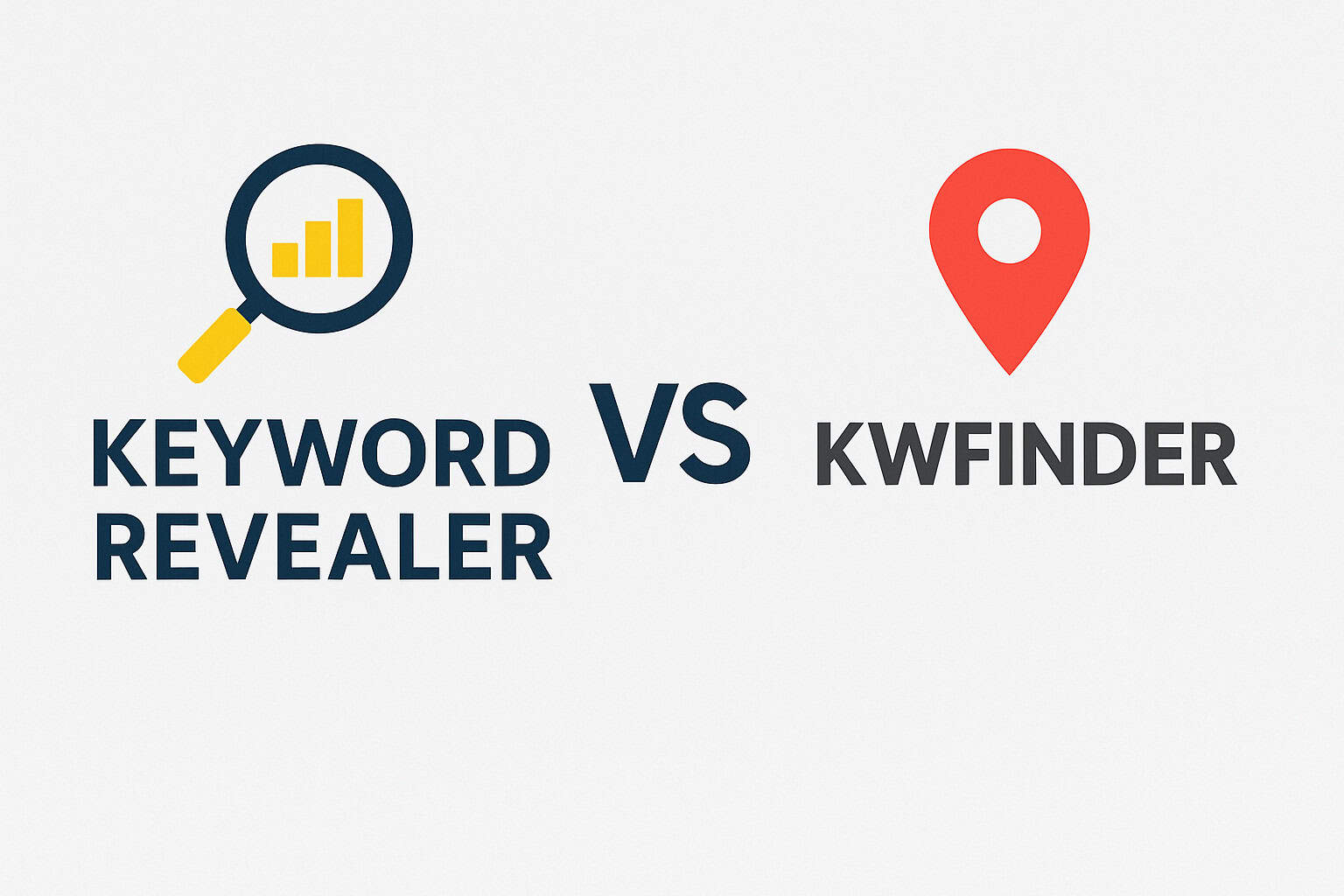
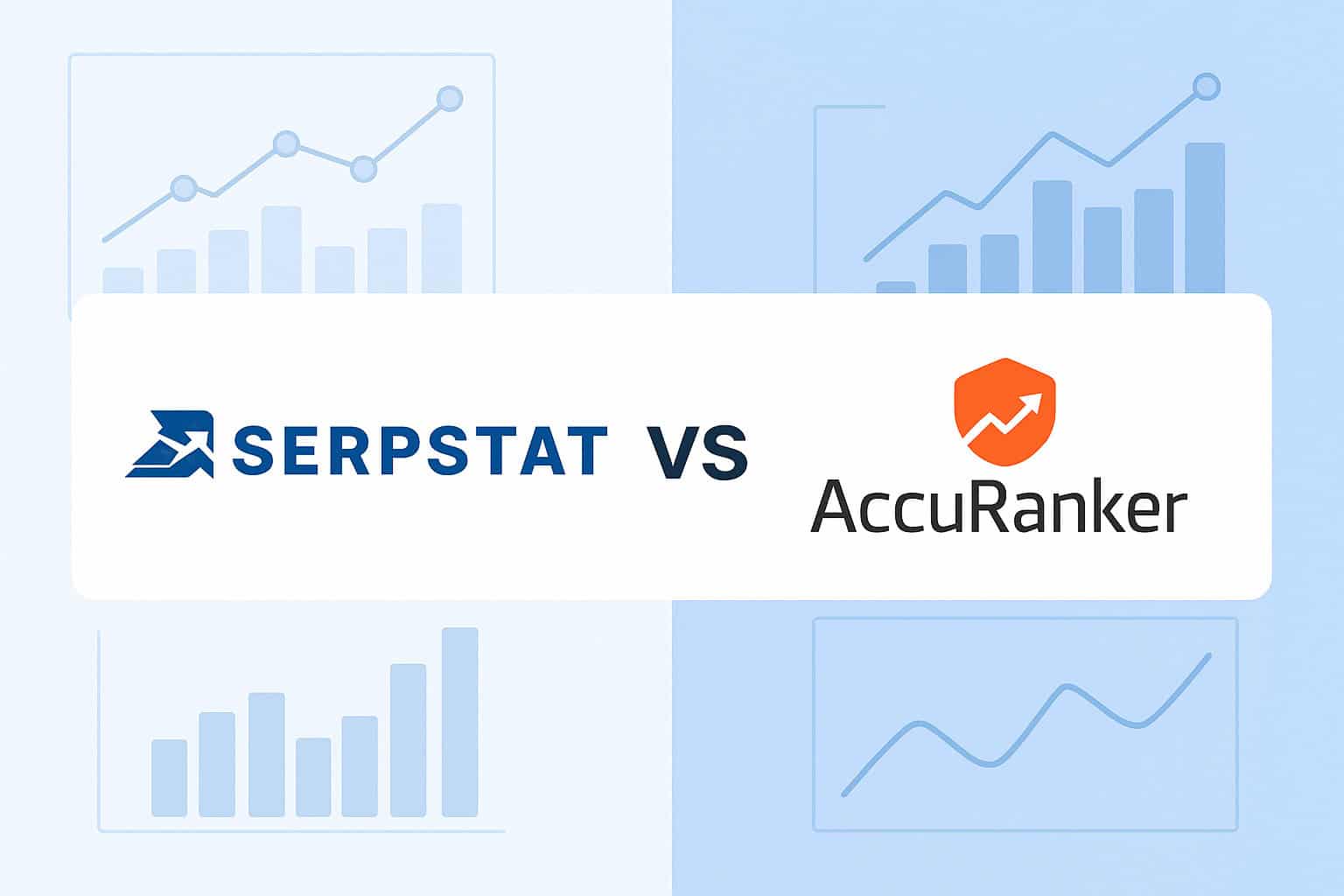




![Longtail Pro Moz or Majestic [Full Breakdown]](https://backlinkmanagement.io/wp-content/uploads/2025/11/ChatGPT-Image-Nov-14-2025-08_30_38-AM.png)

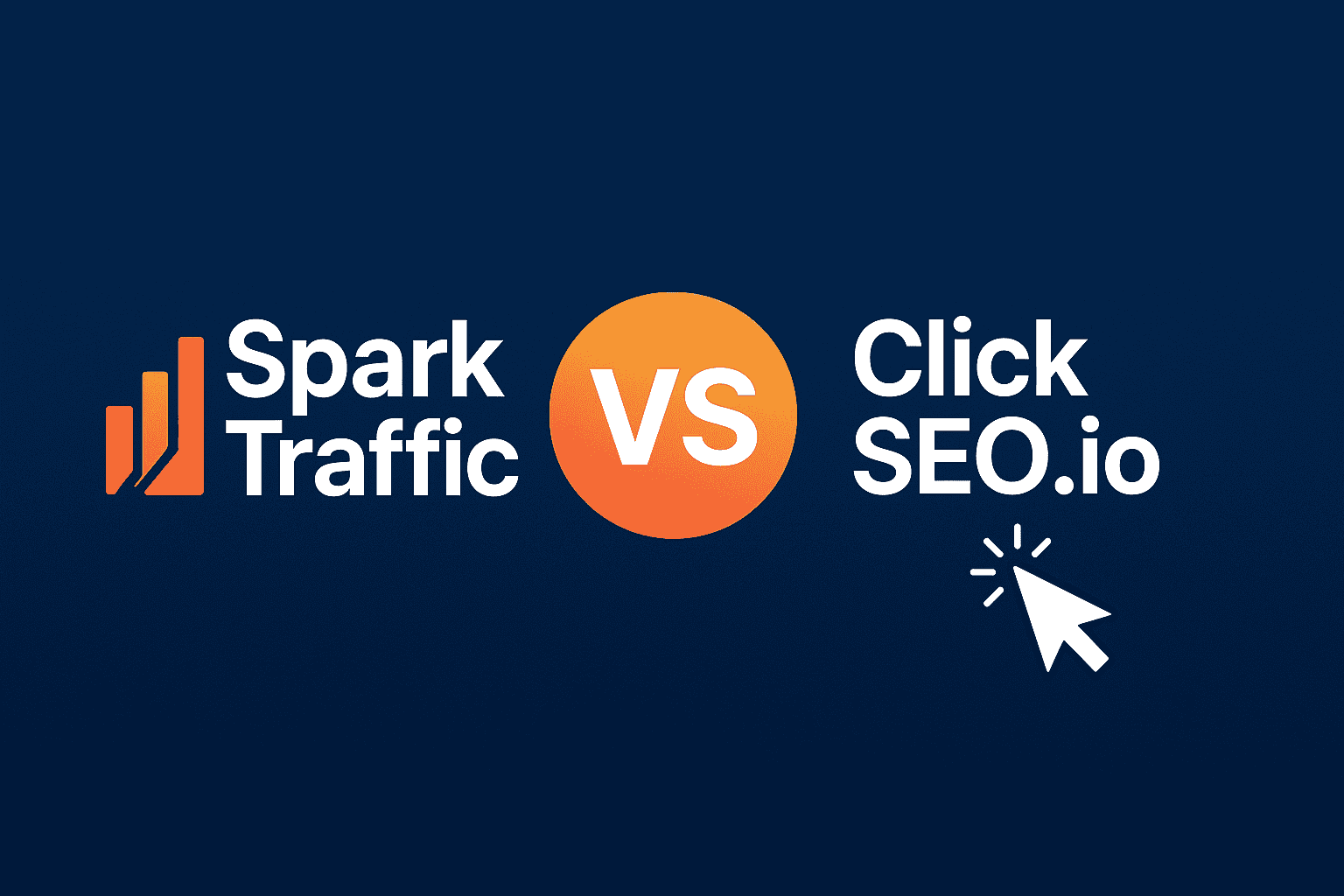
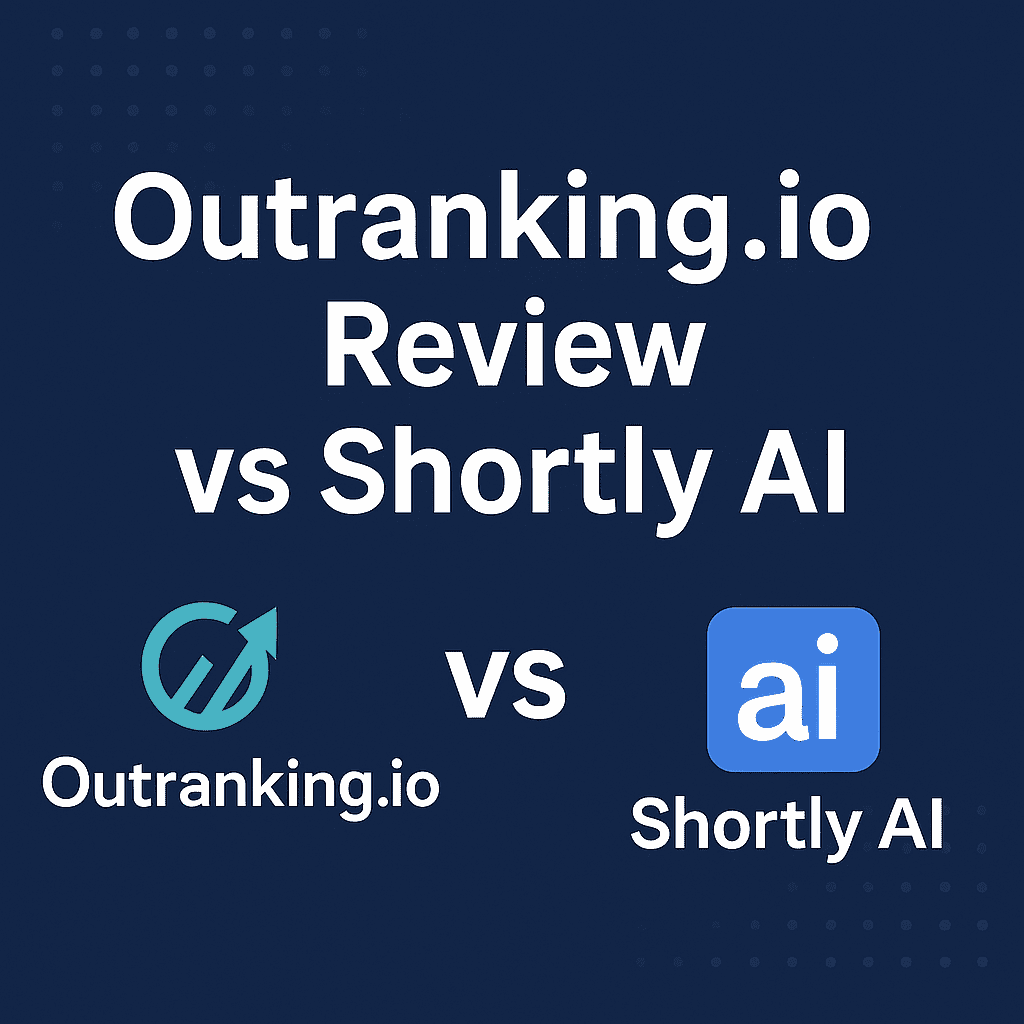
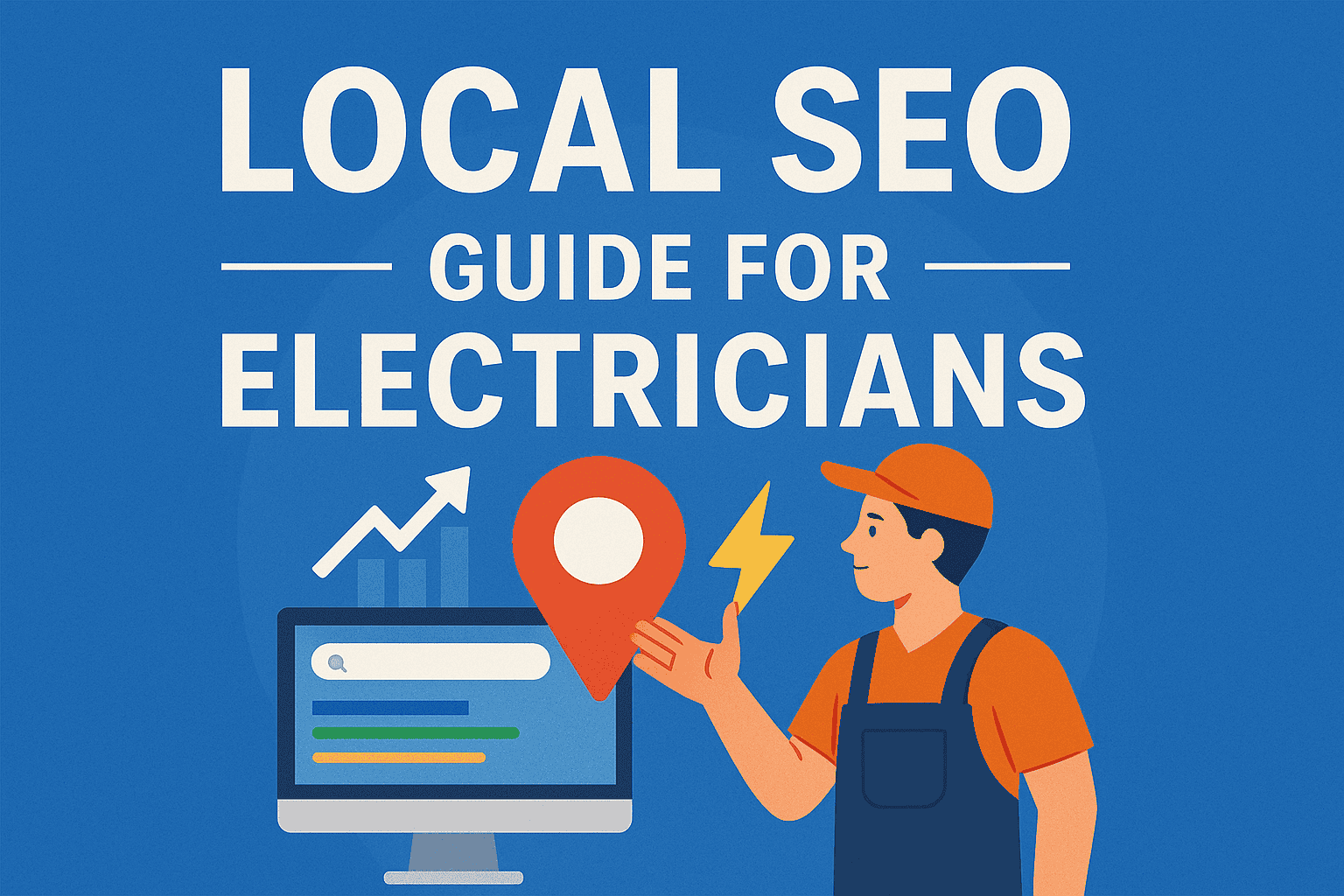
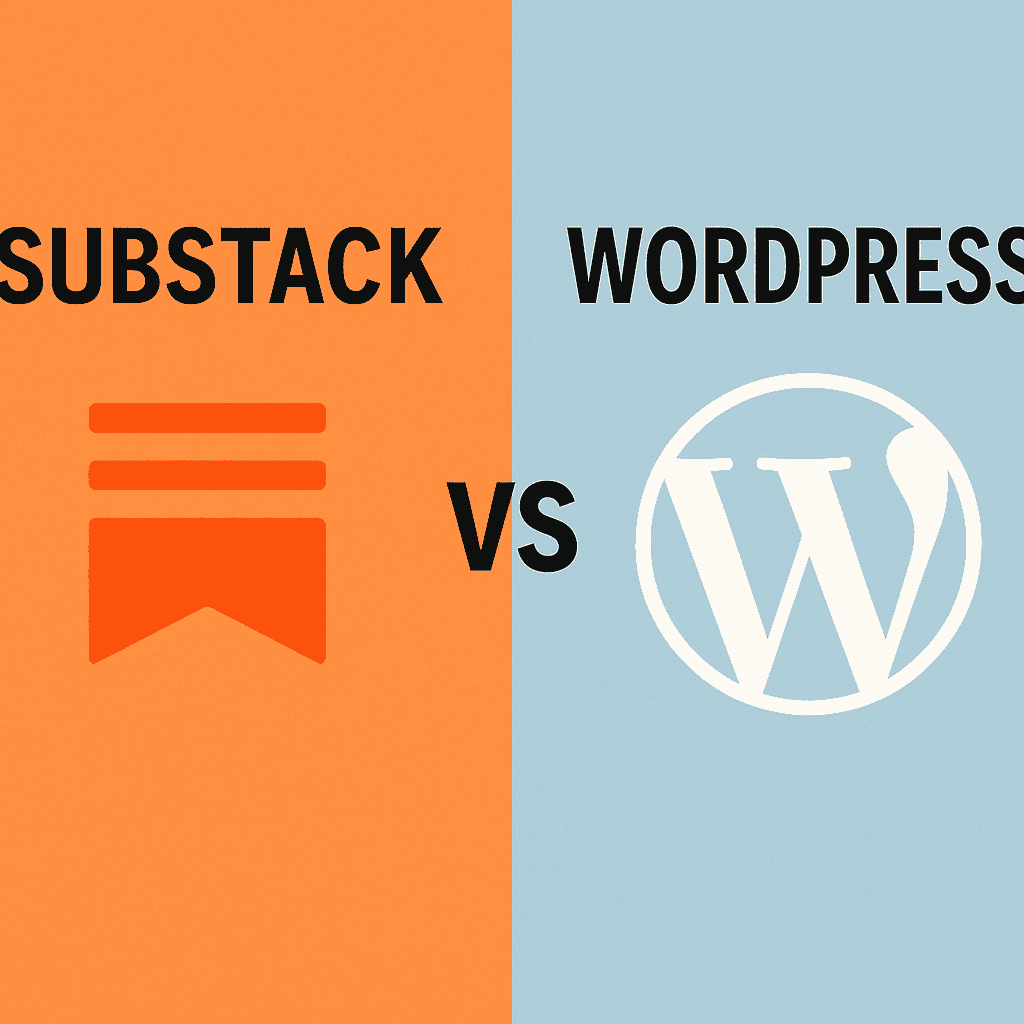



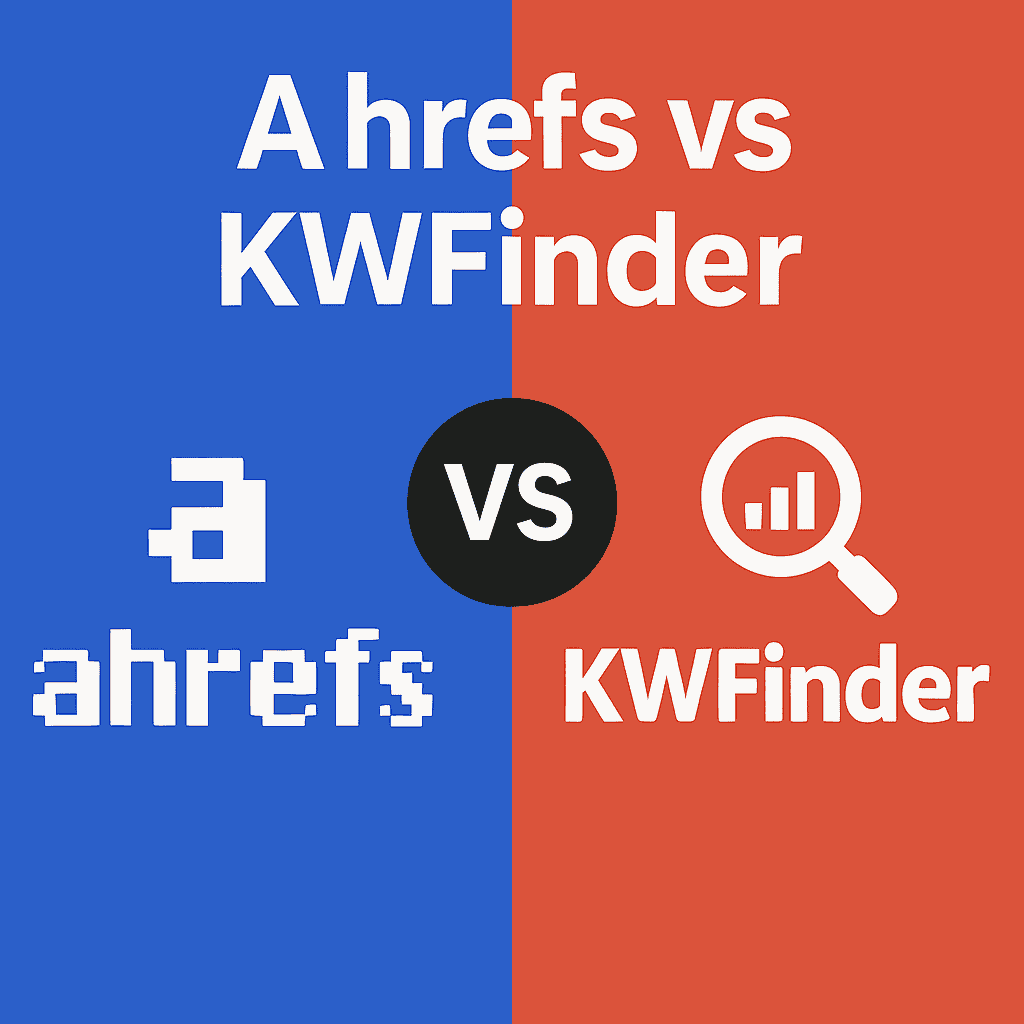




















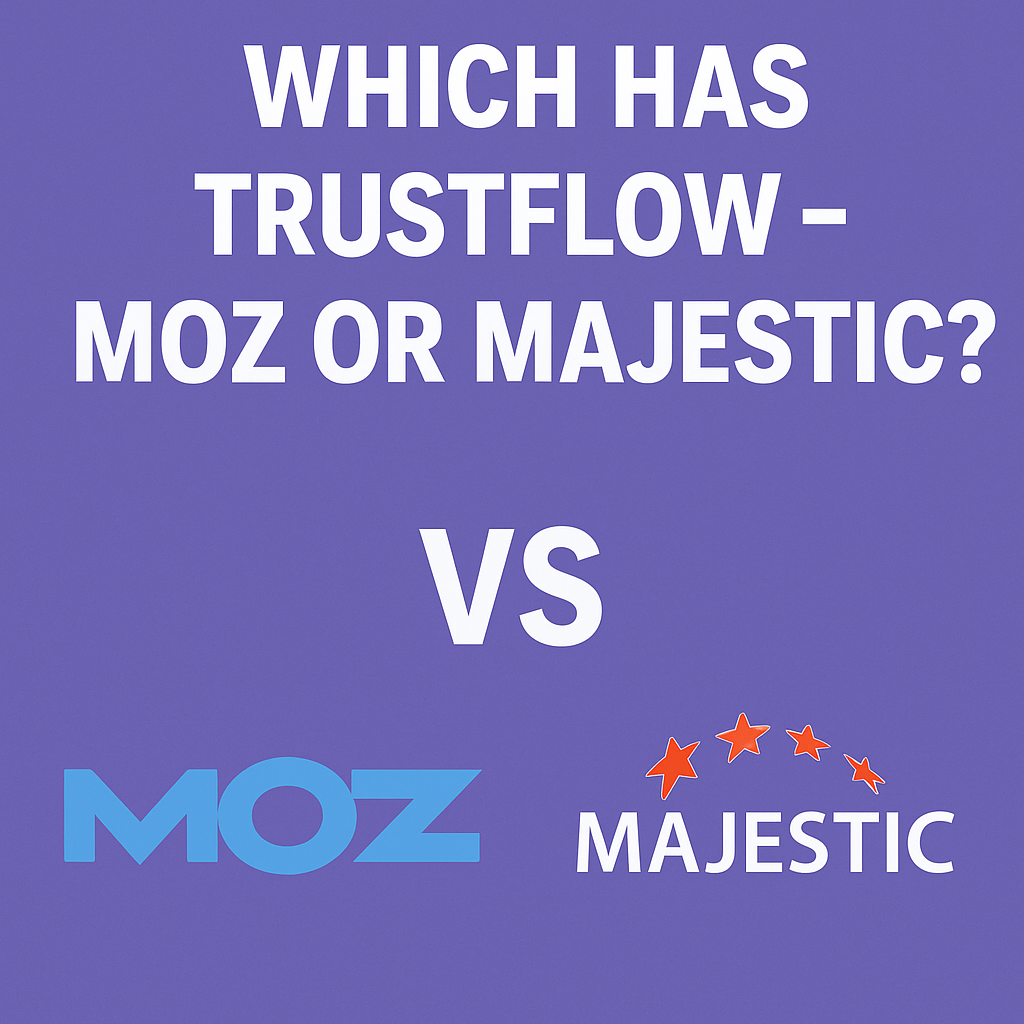


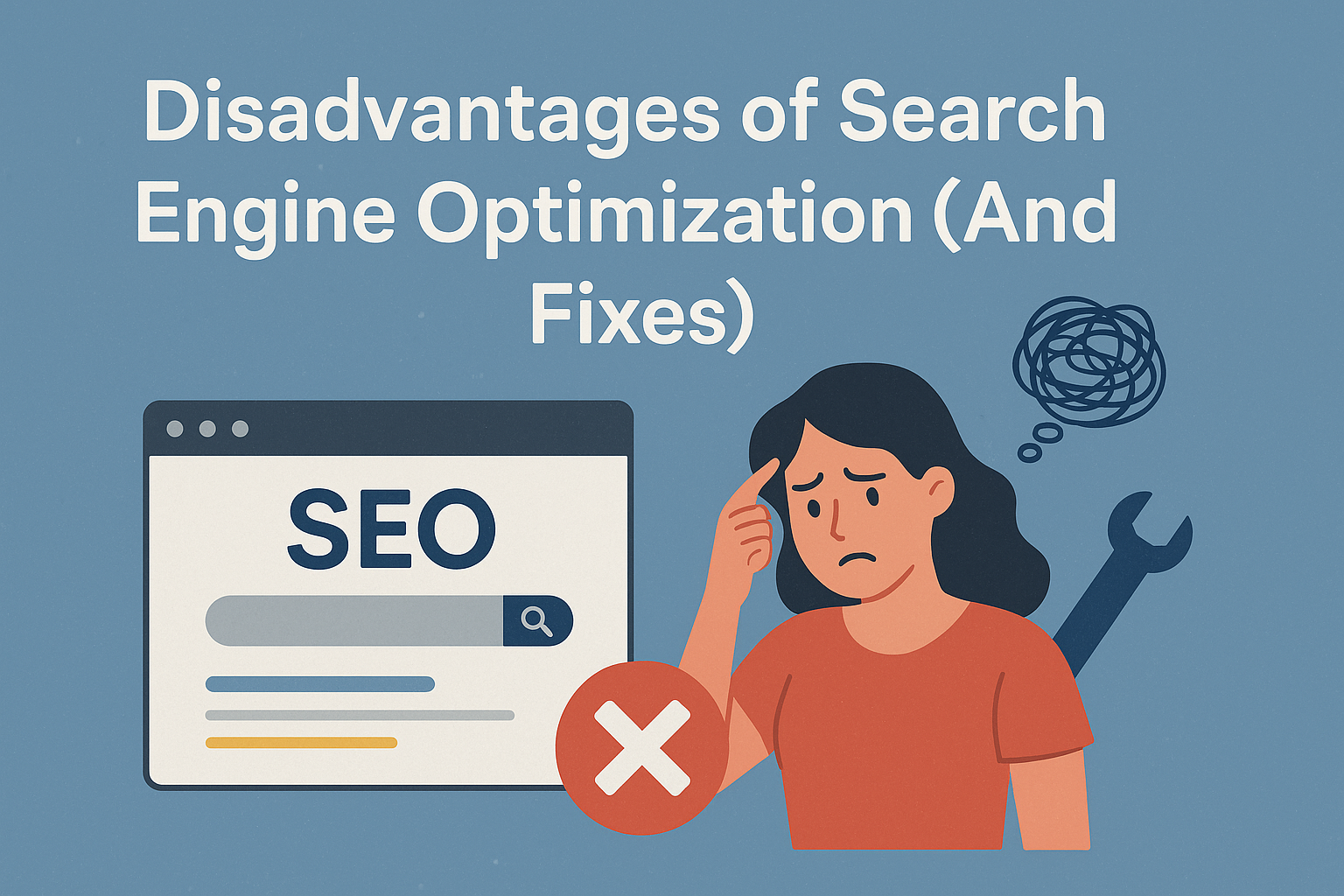





![How Many Outbound Links Per Blog [2025 Updated]](https://backlinkmanagement.io/wp-content/uploads/2025/06/How-Many-Outbound-Links-Per-Blog.png)
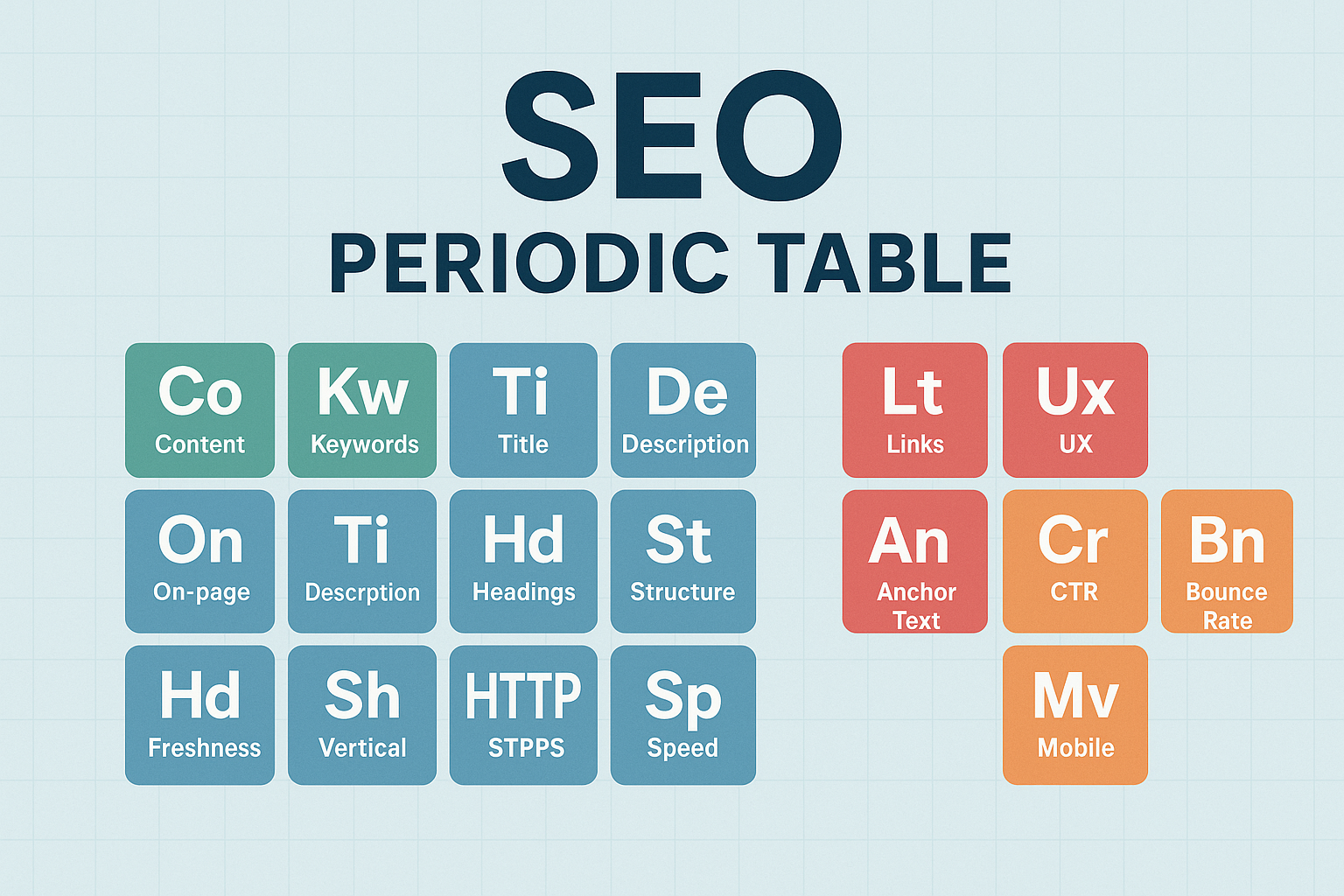


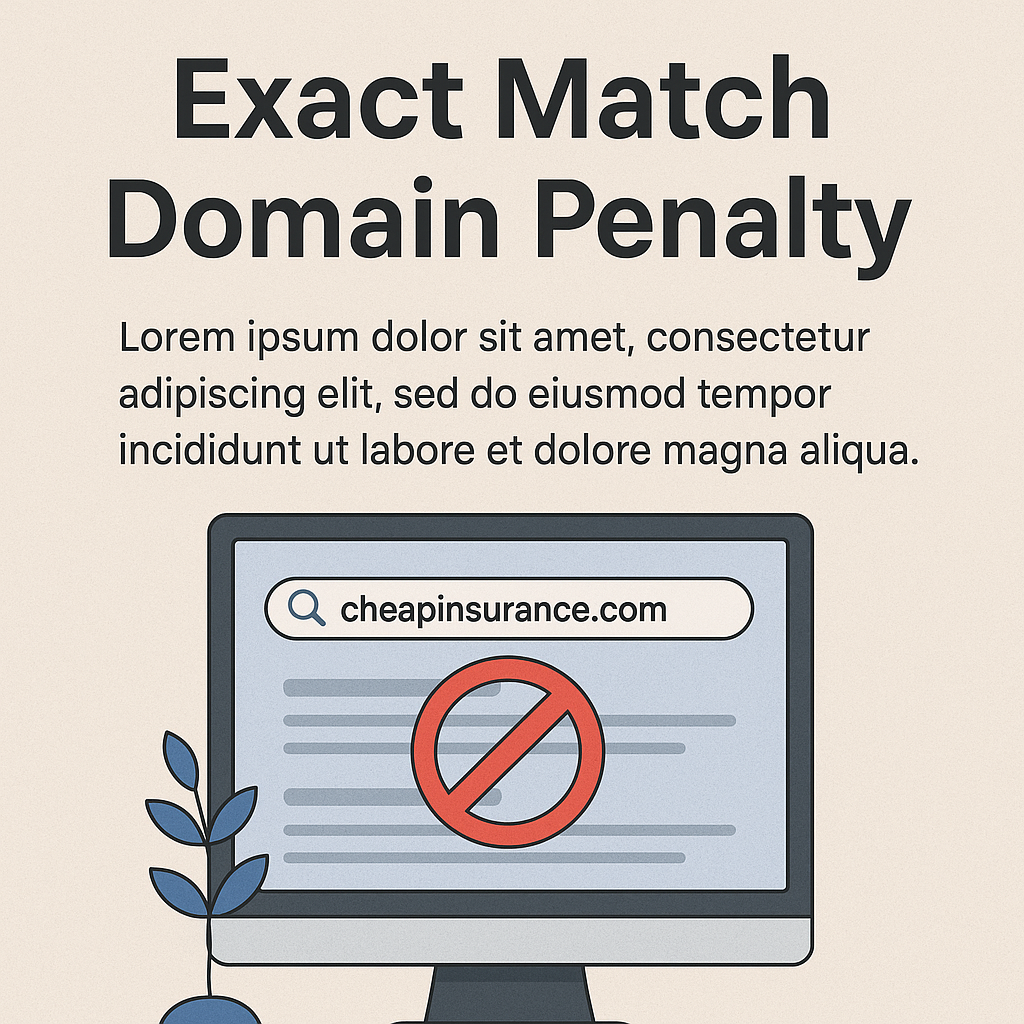
![B2B and B2C Website Examples [2025 Updated]](https://backlinkmanagement.io/wp-content/uploads/2025/05/B2B-and-B2C-Website-Example-.png)
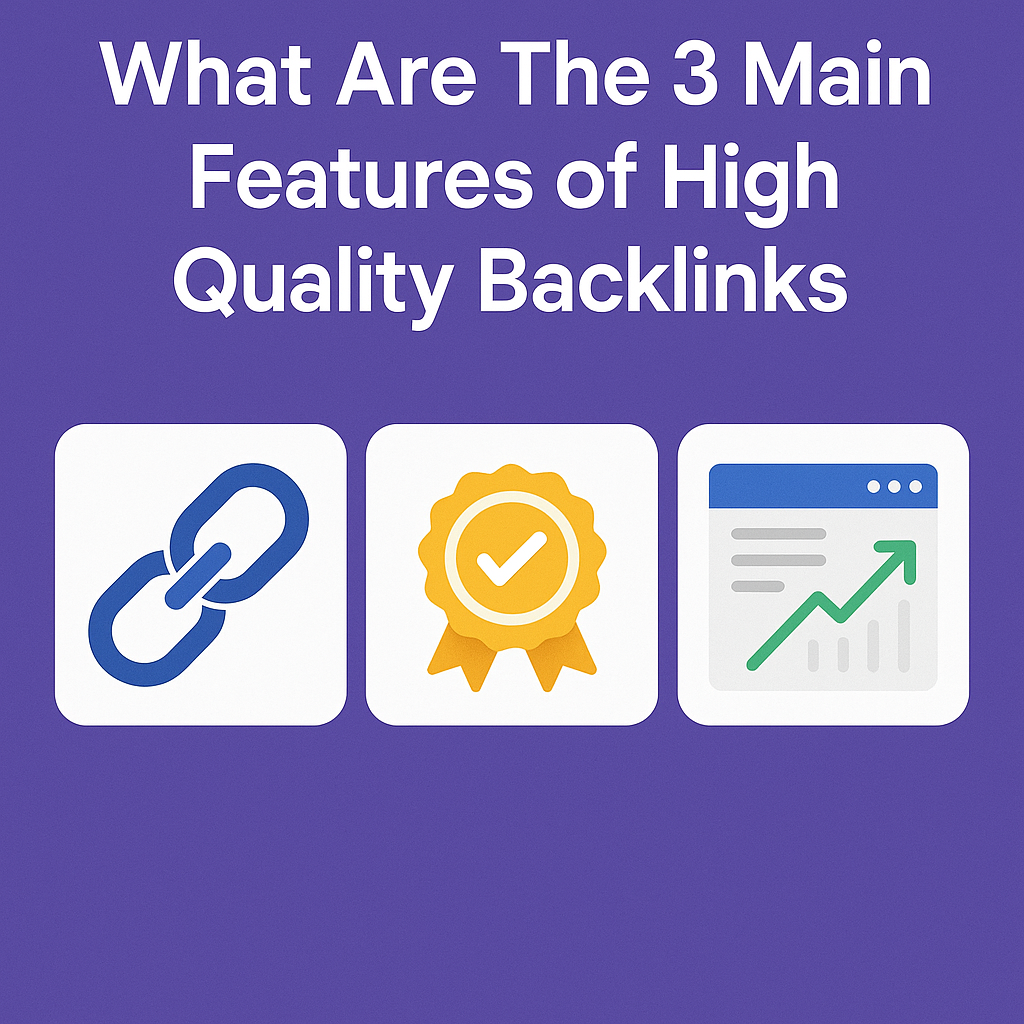





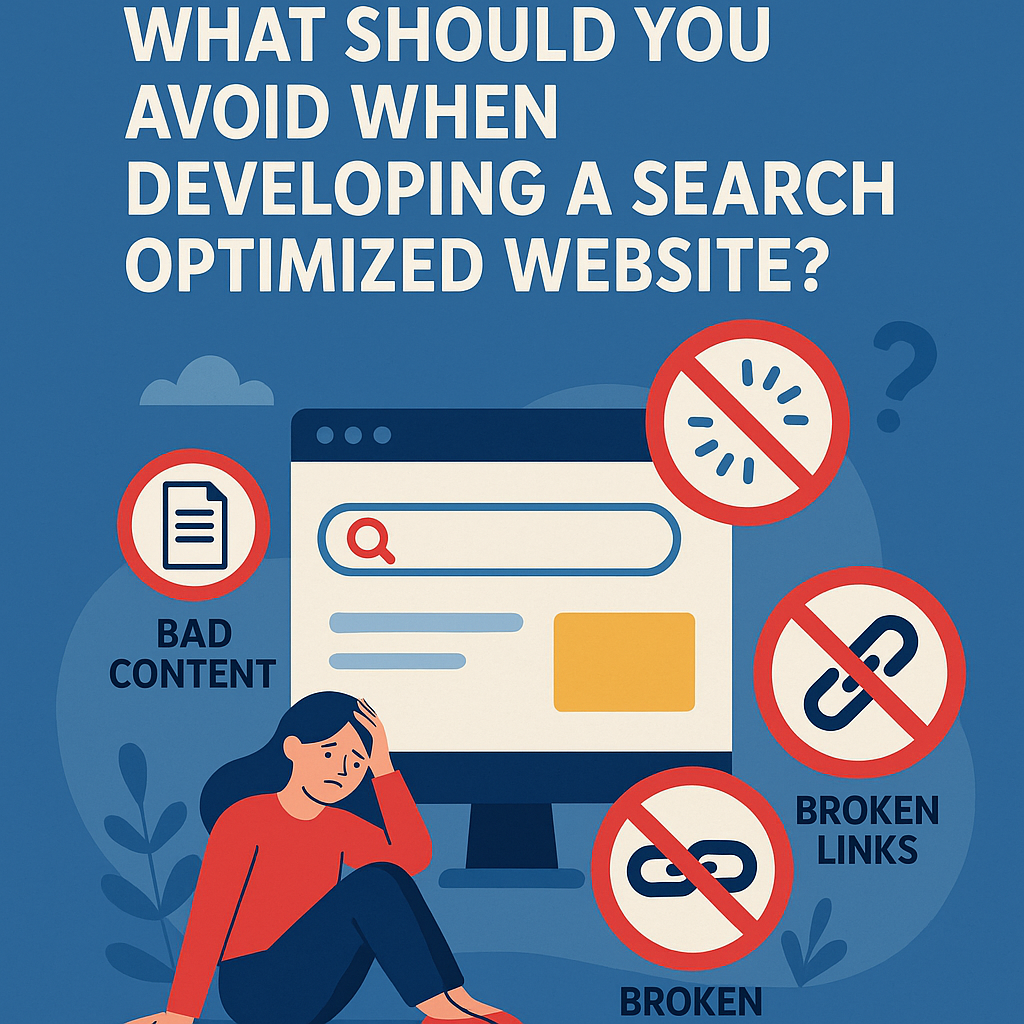
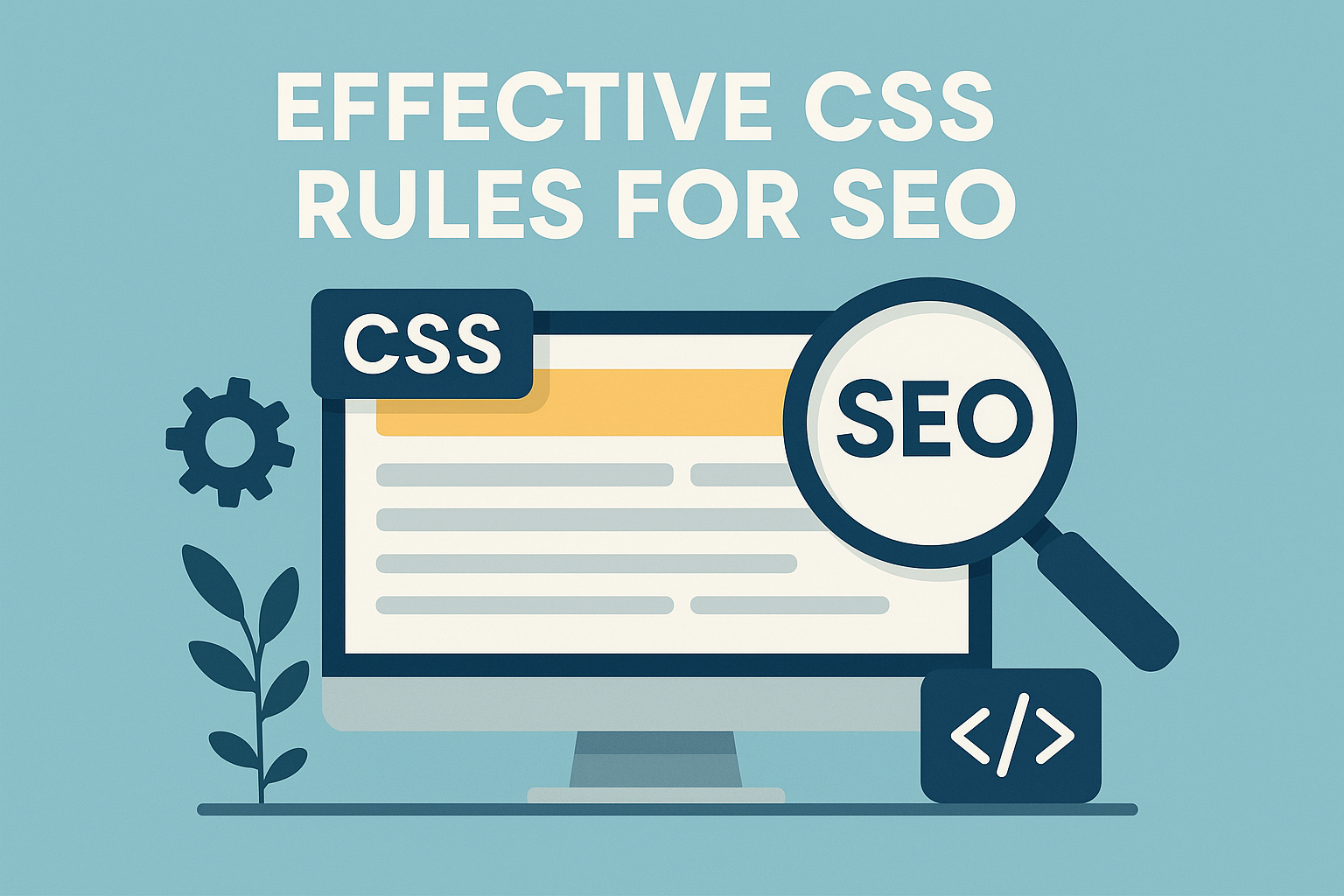

![What To Do After Keyword Research [2025 Guide]](https://backlinkmanagement.io/wp-content/uploads/2025/05/What-To-Do-After-Keyword-Research.png)
![Is Page Speed Really A Ranking Factor? [2025]](https://backlinkmanagement.io/wp-content/uploads/2025/05/Is-Page-Speed-Really-A-Ranking-Factor.png)
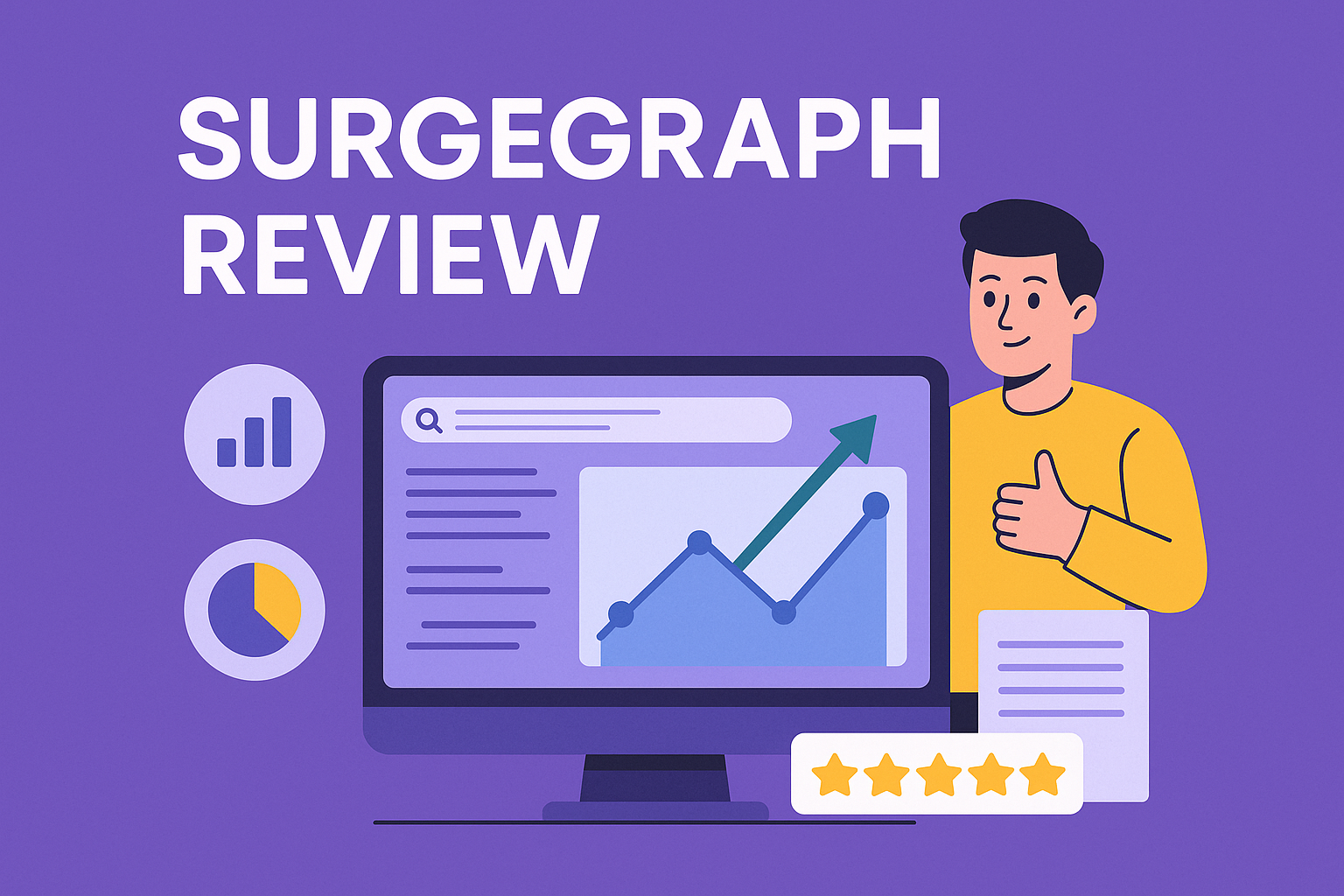






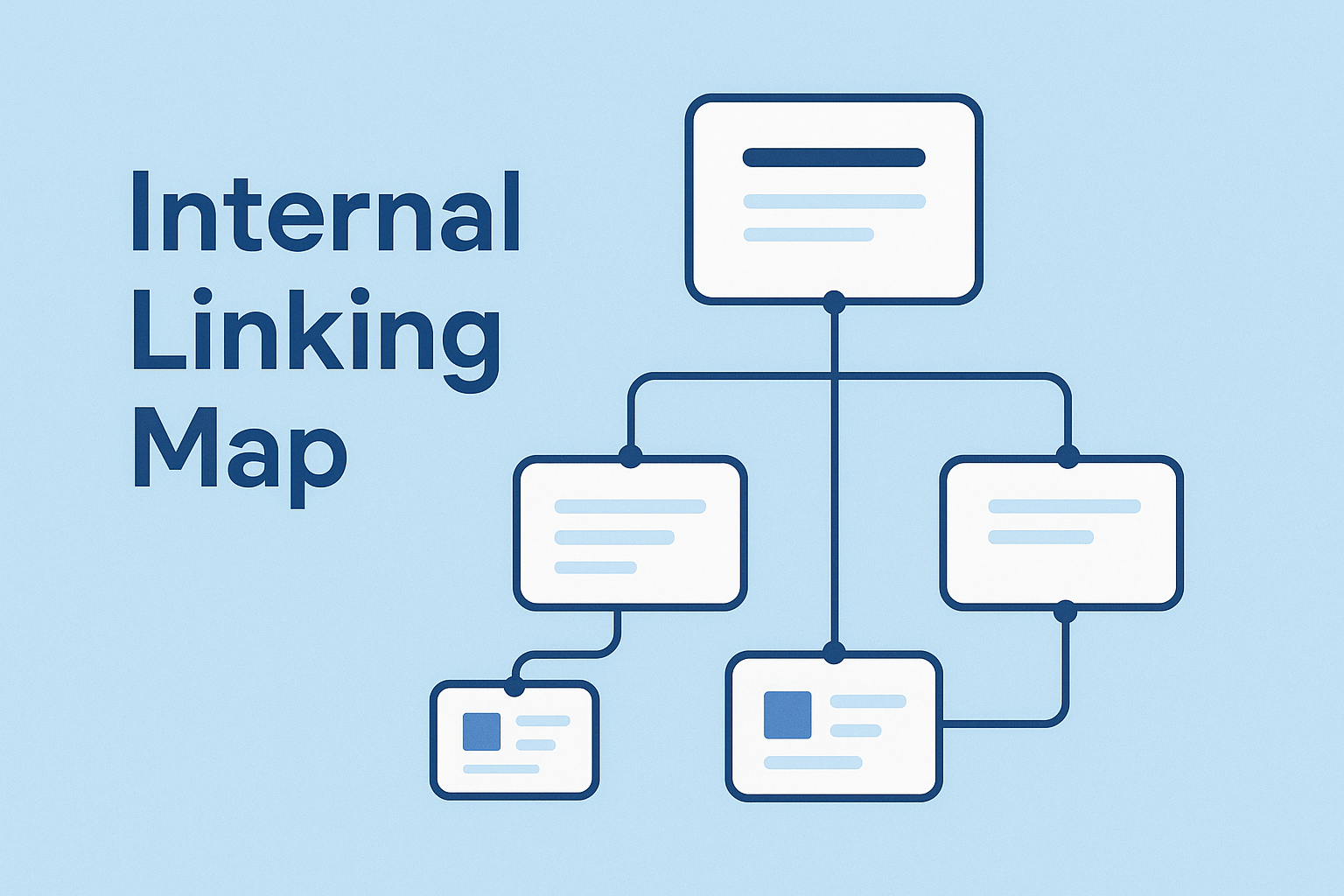

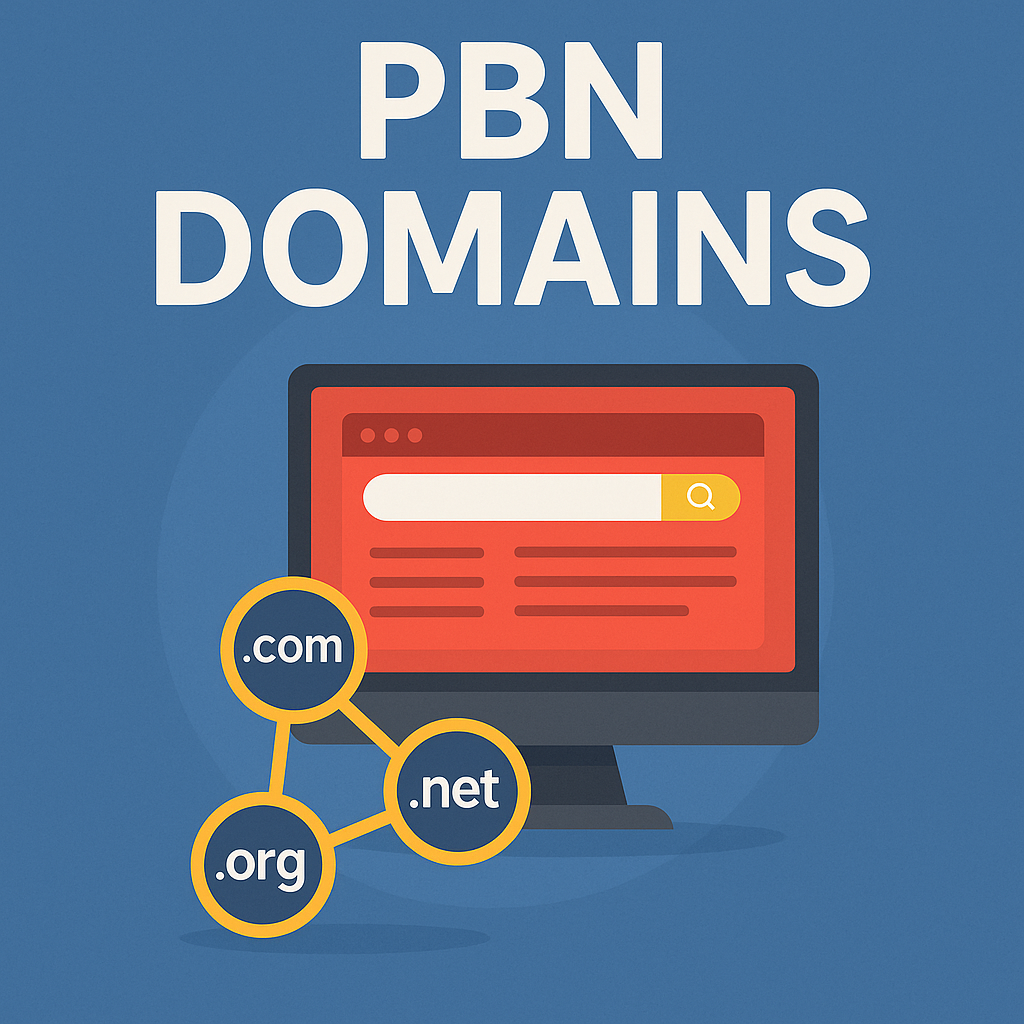

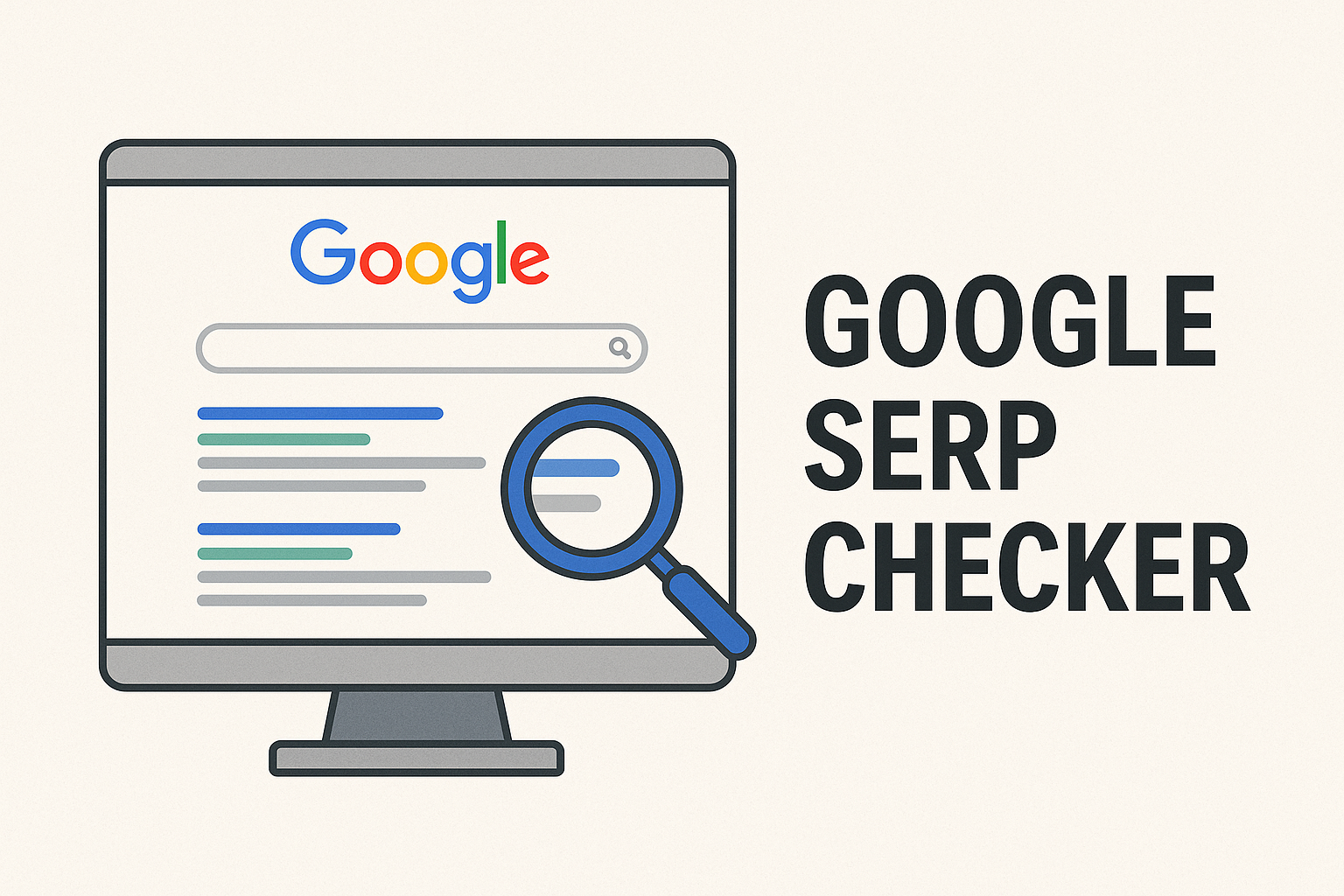





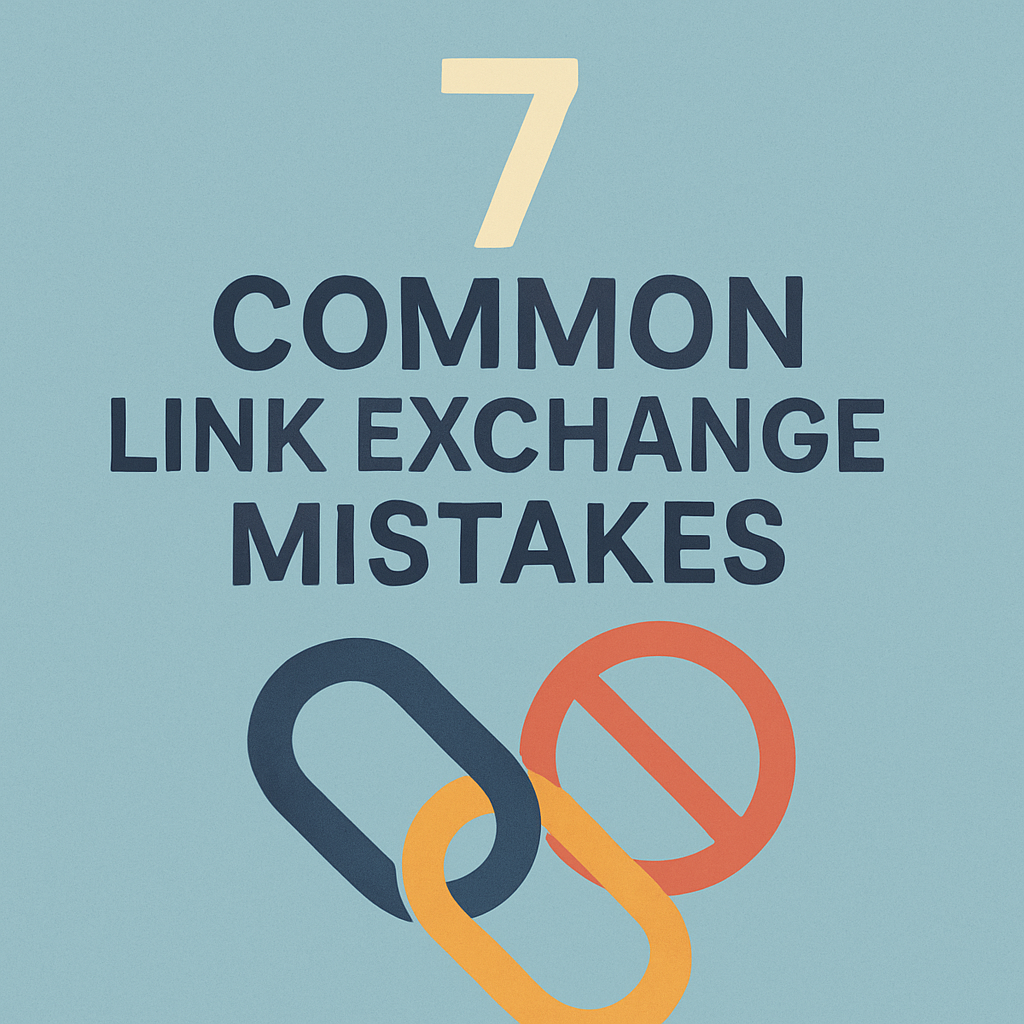

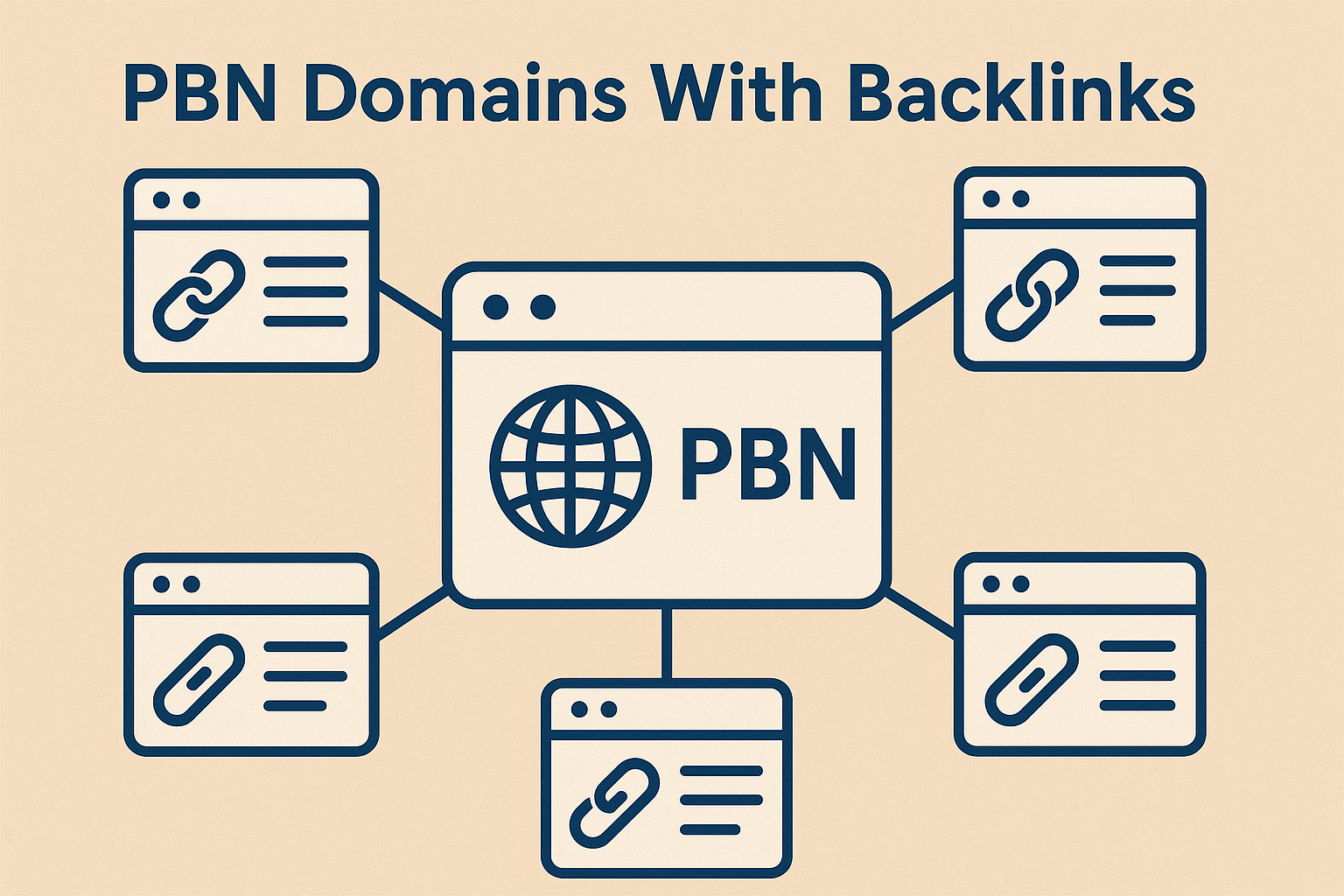
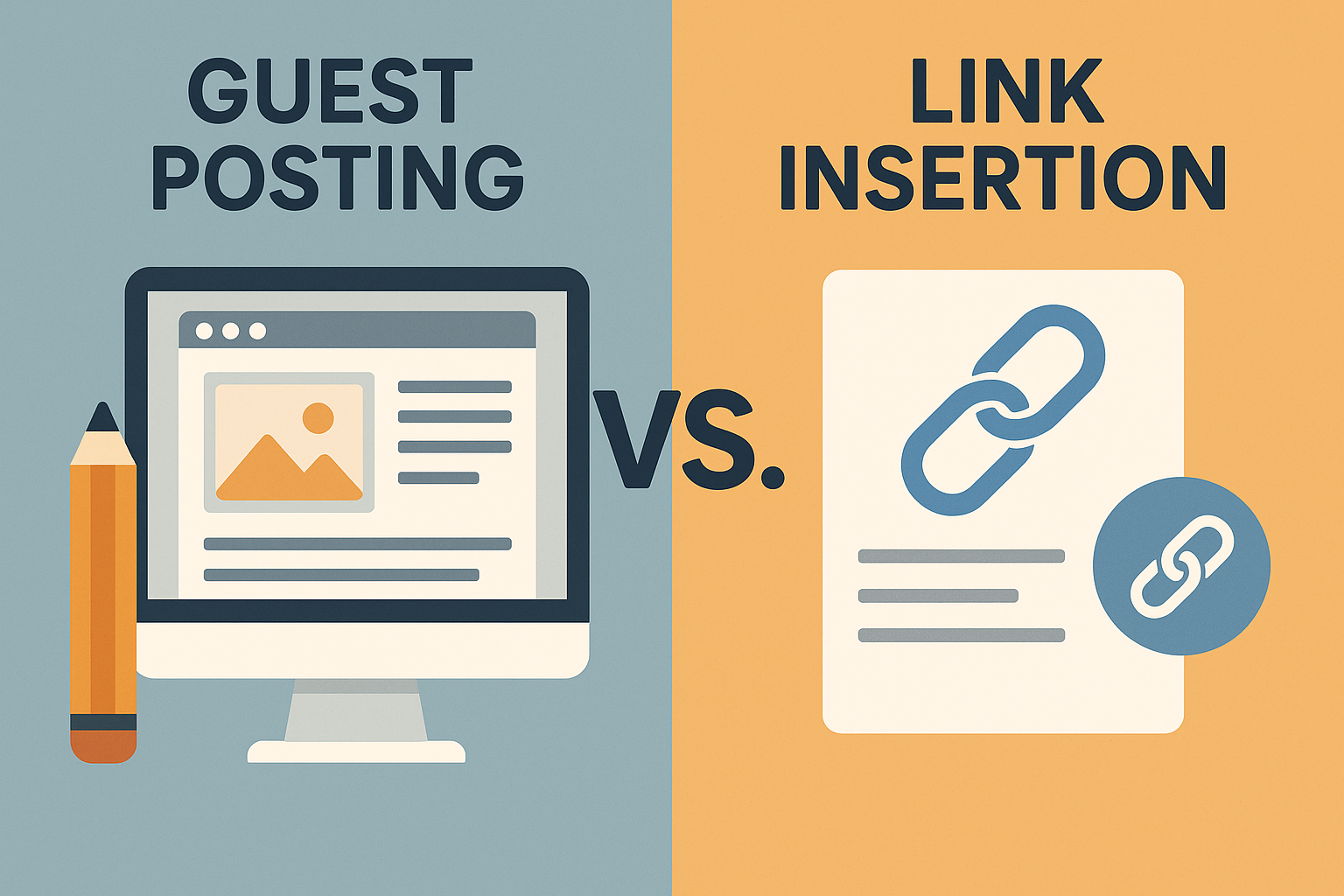



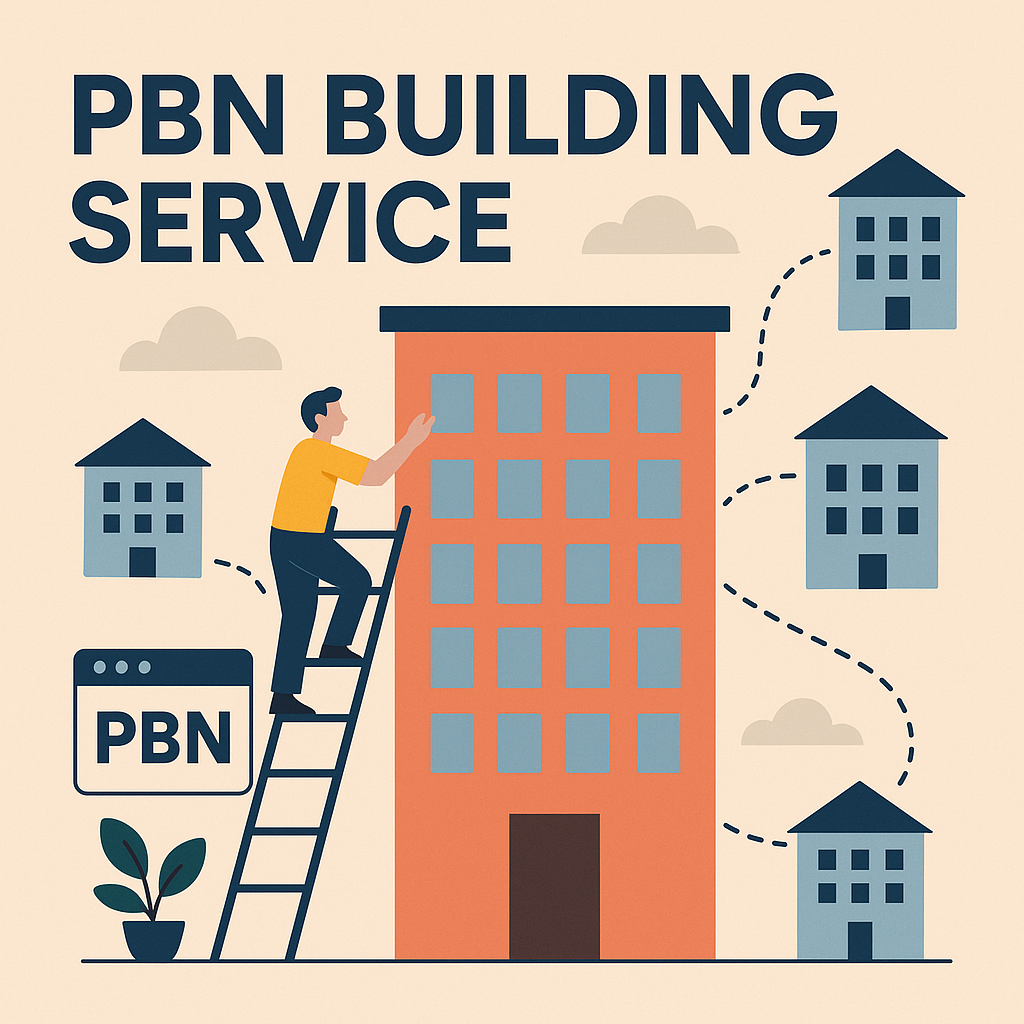

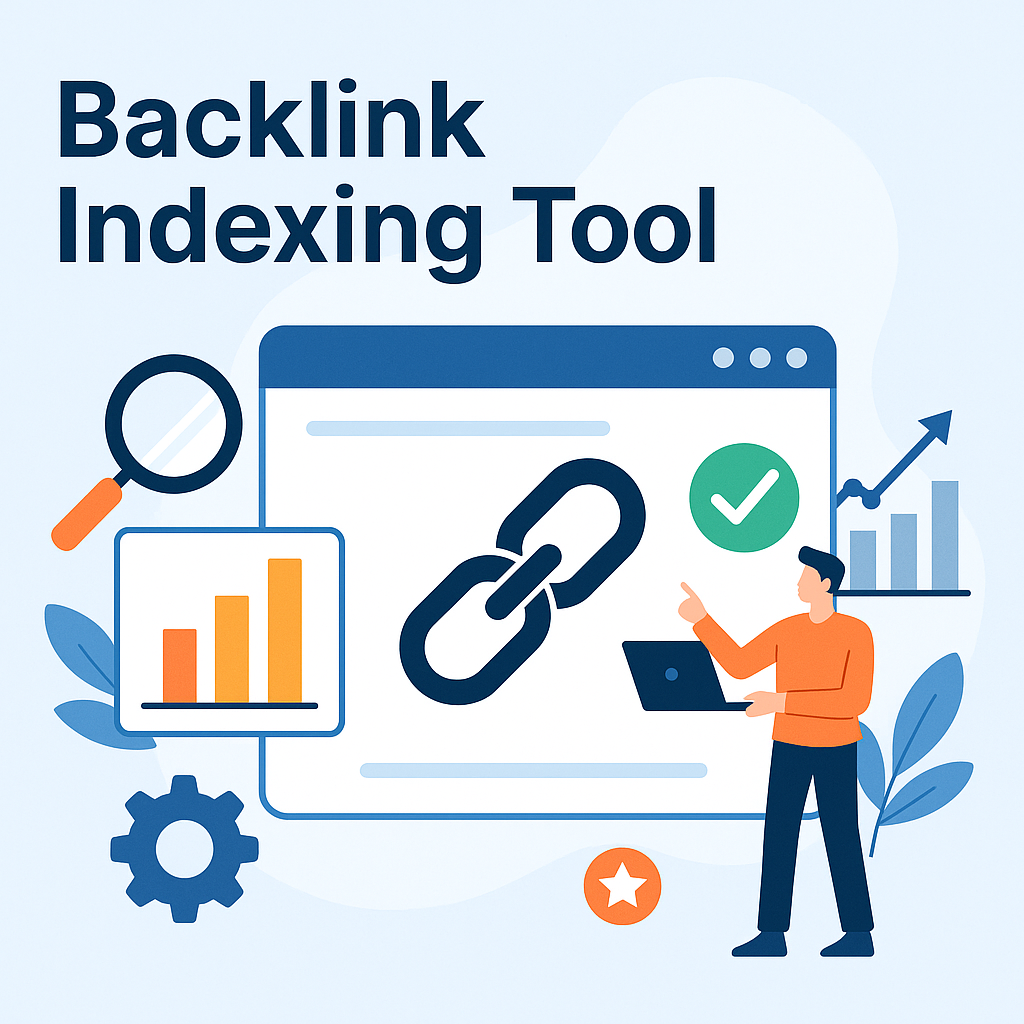

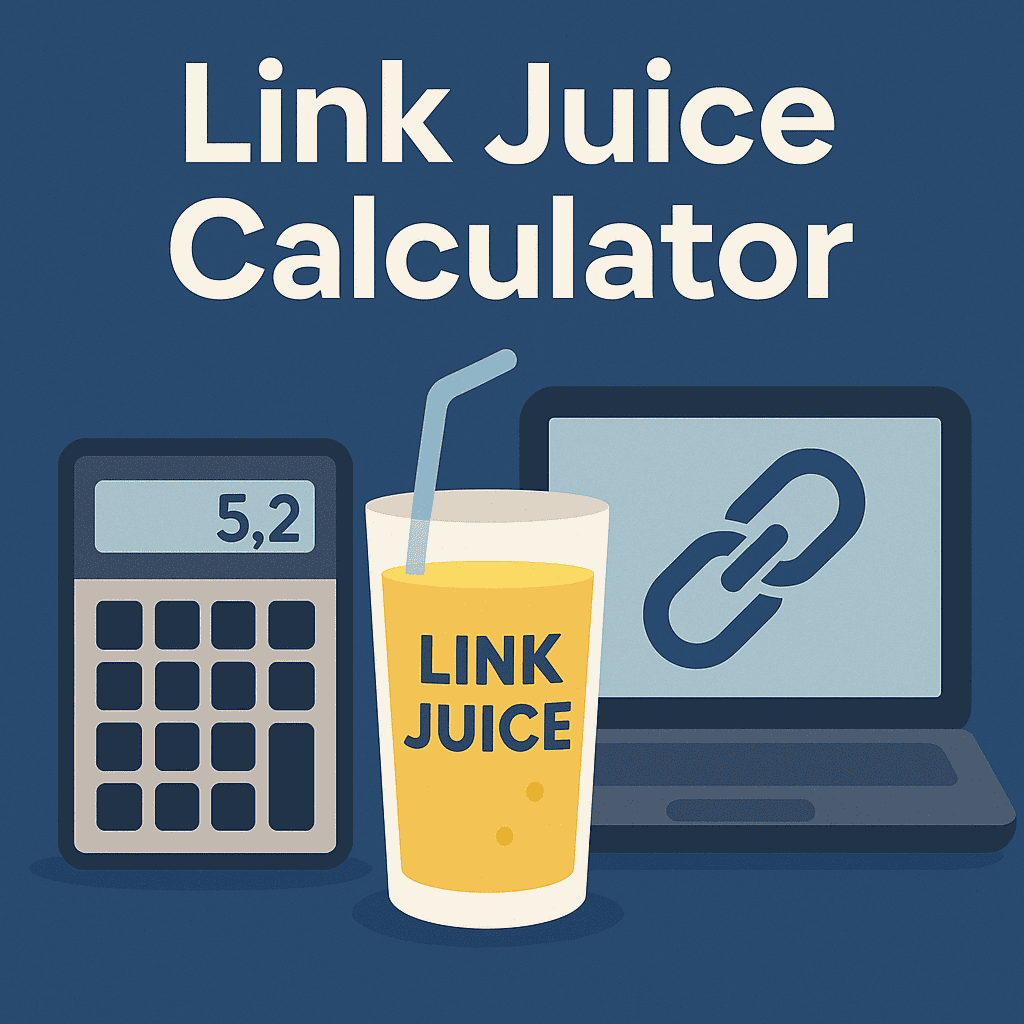


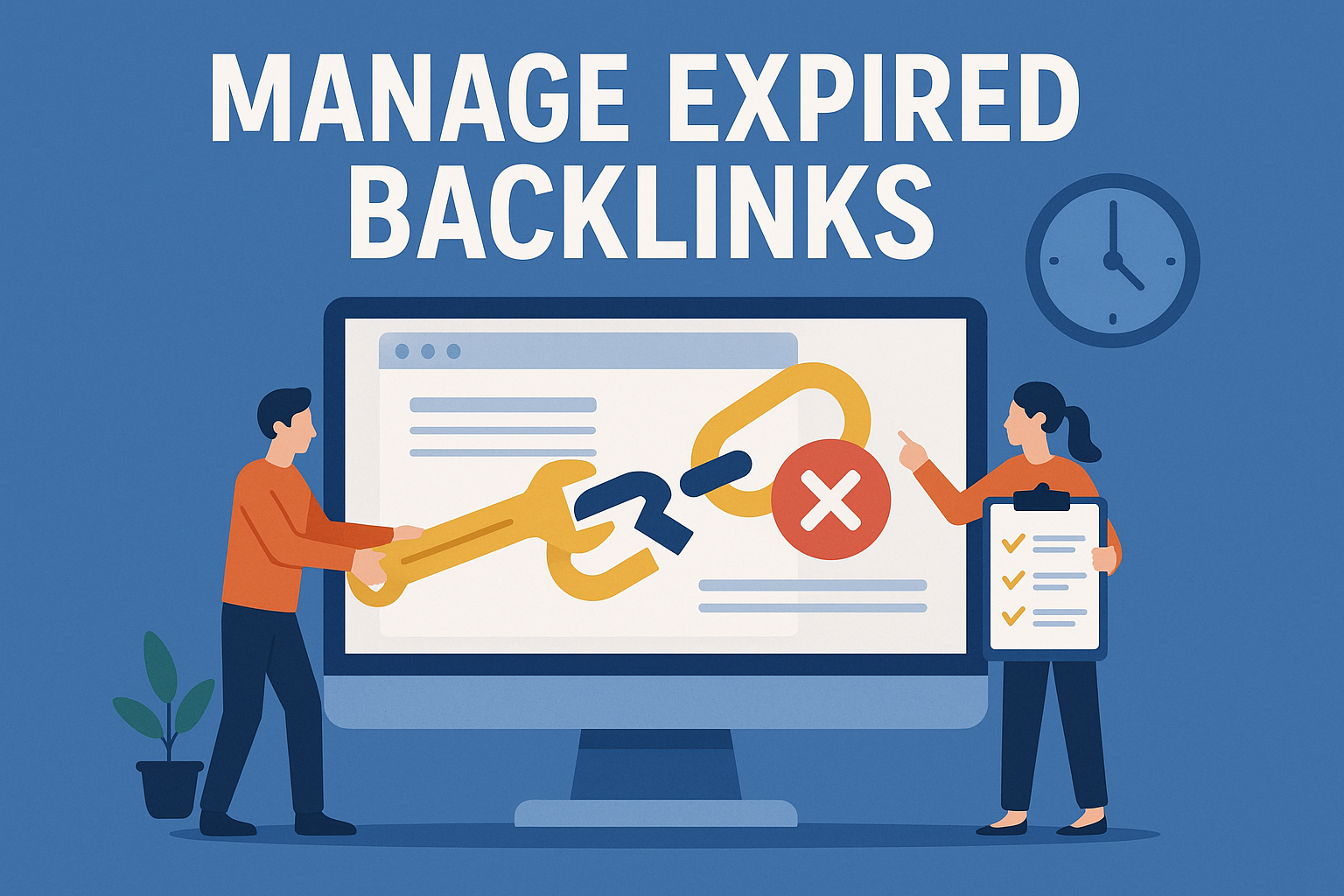


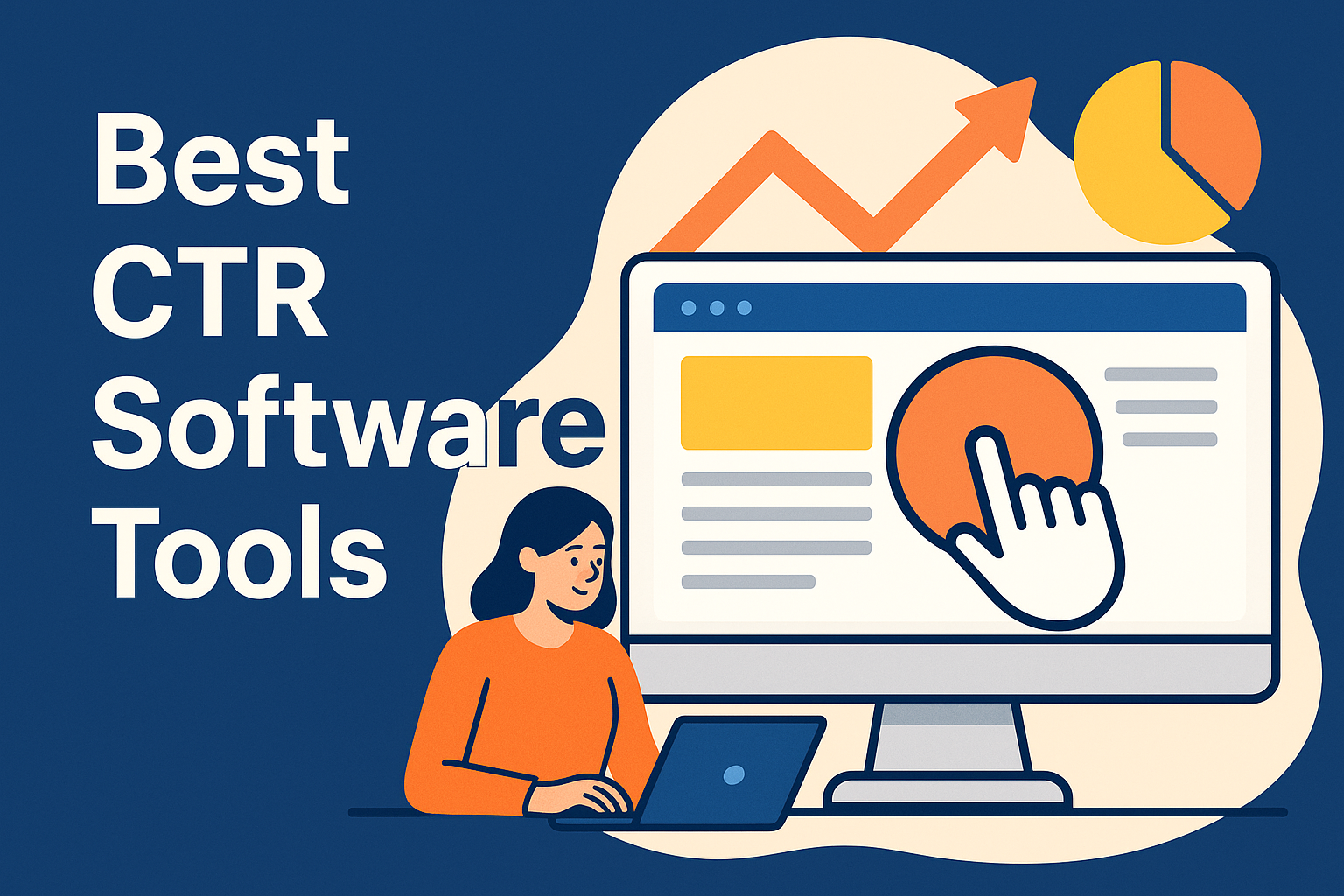

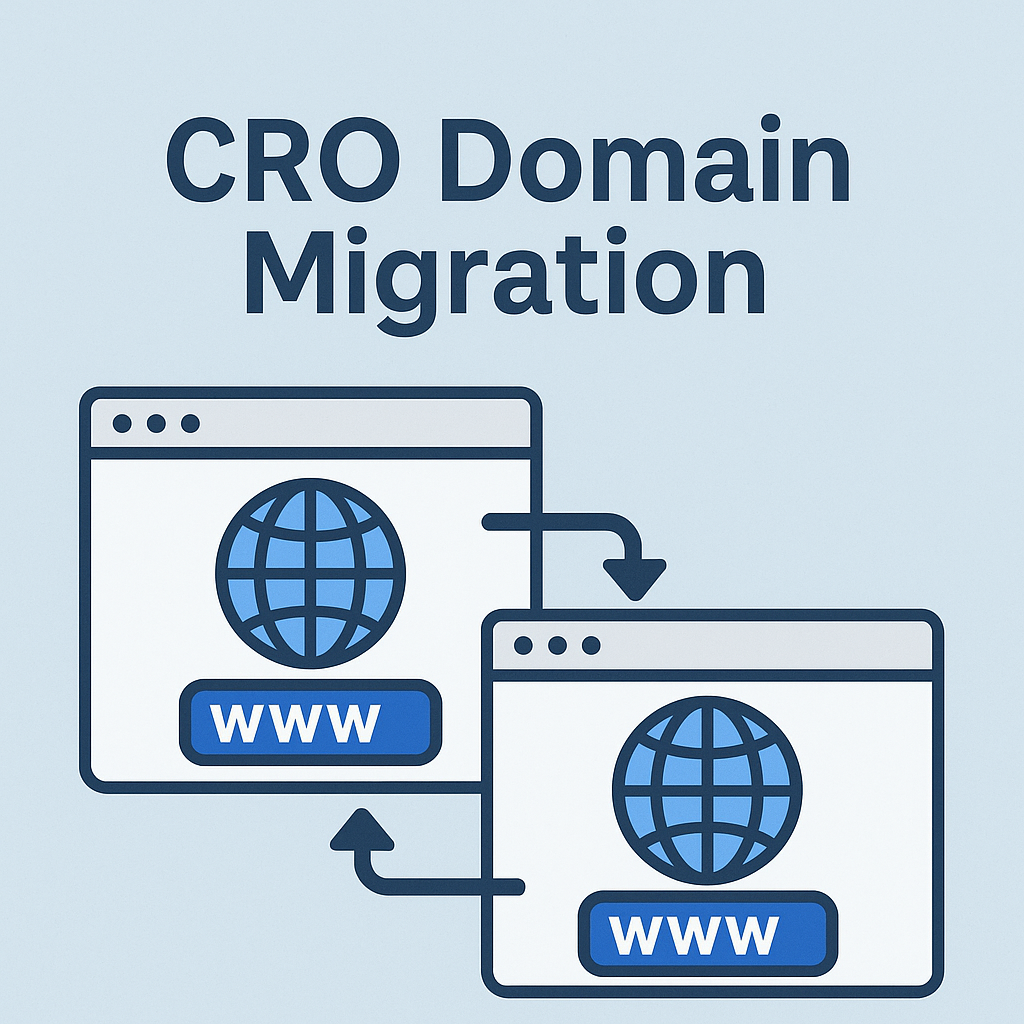
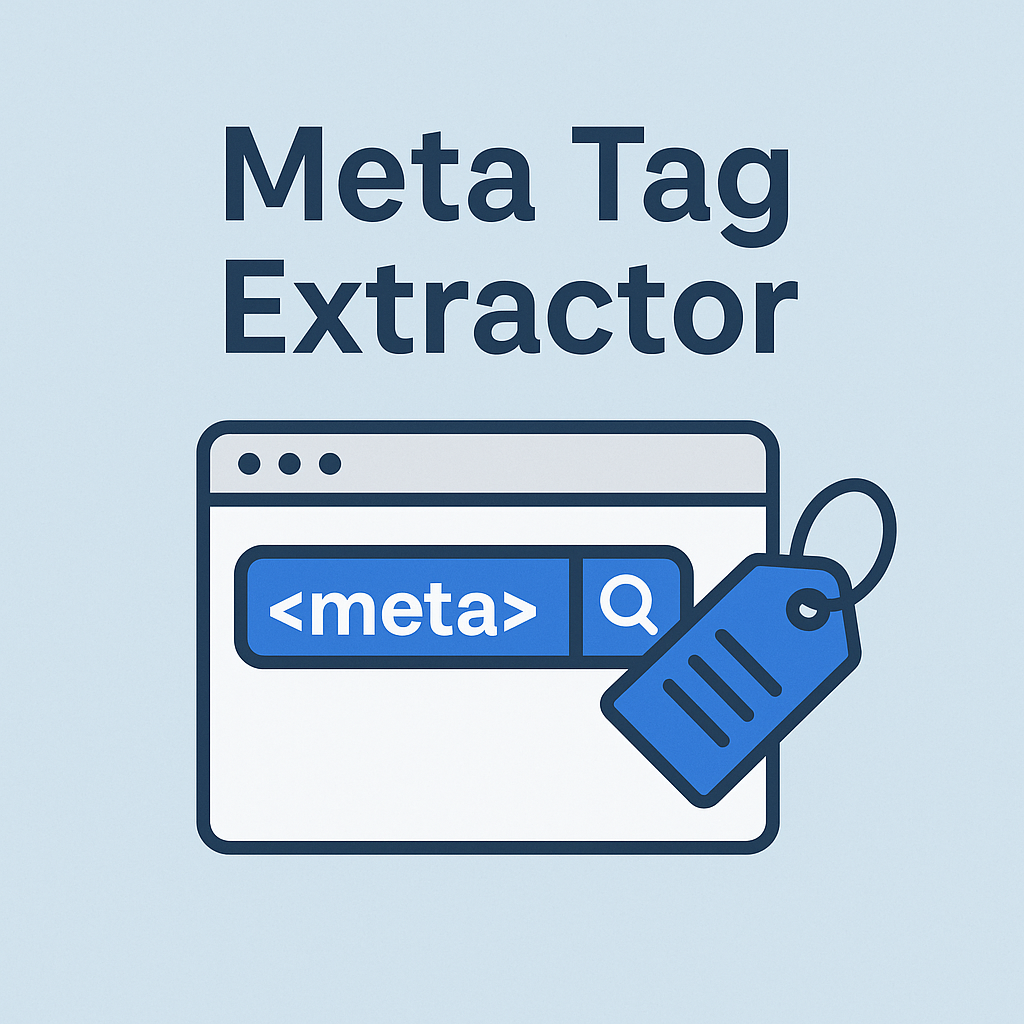

![Best Link Exchange Sites [Free & Safe] – Top 5 Picks](https://backlinkmanagement.io/wp-content/uploads/2025/04/Free-Link-Exchange.png)
